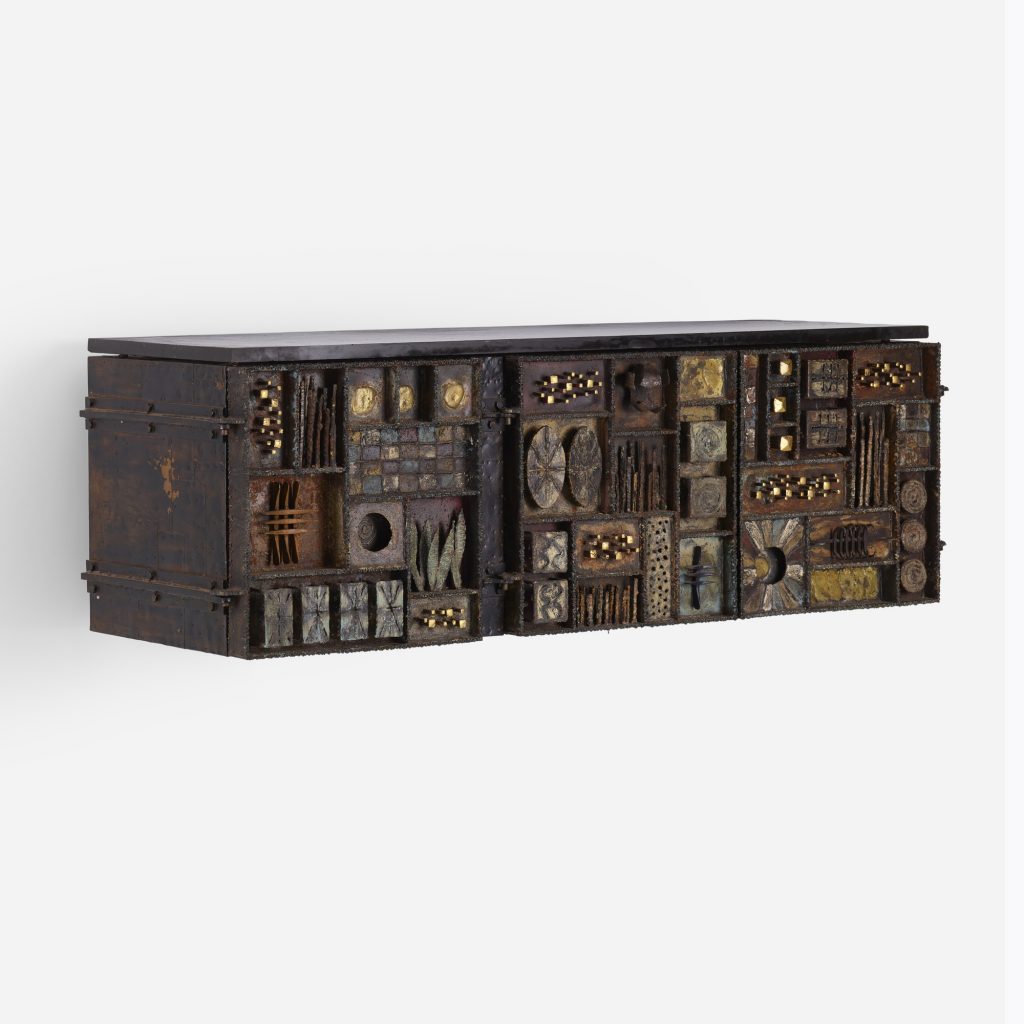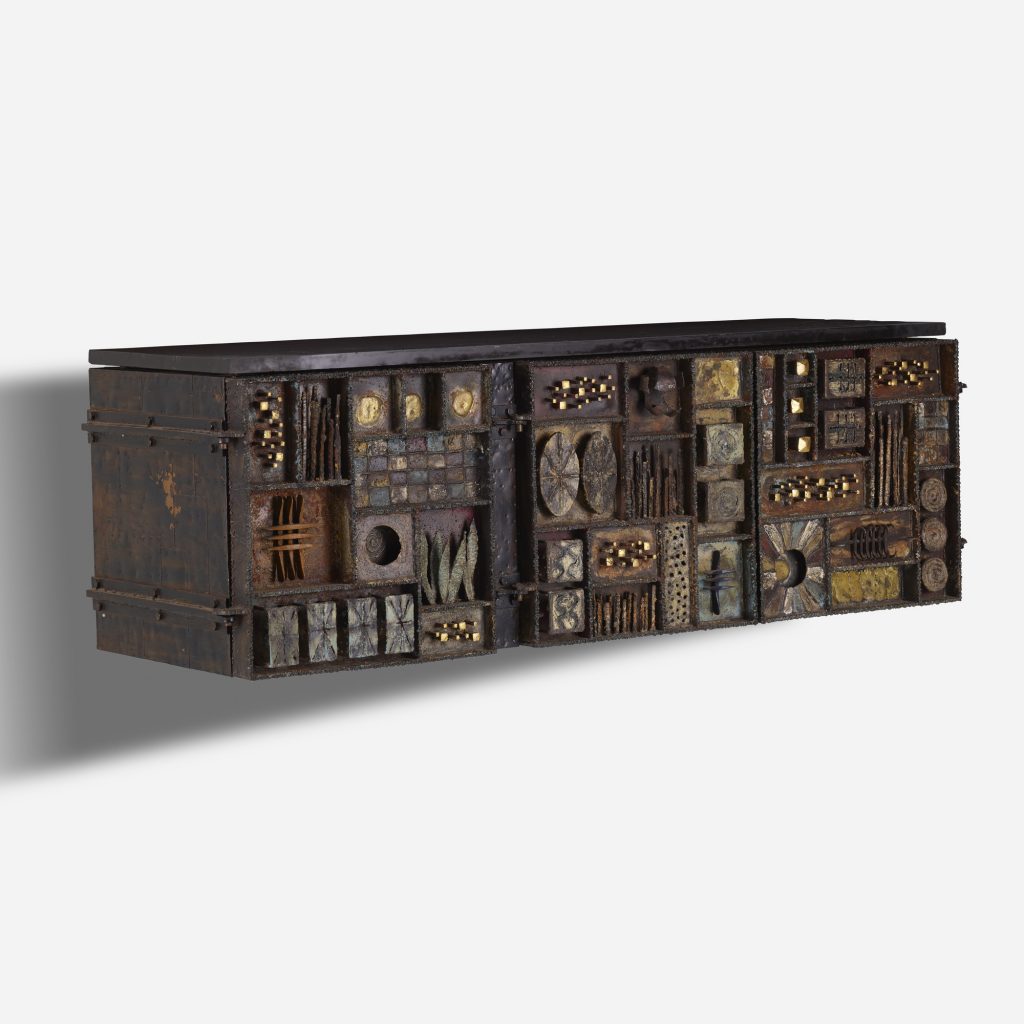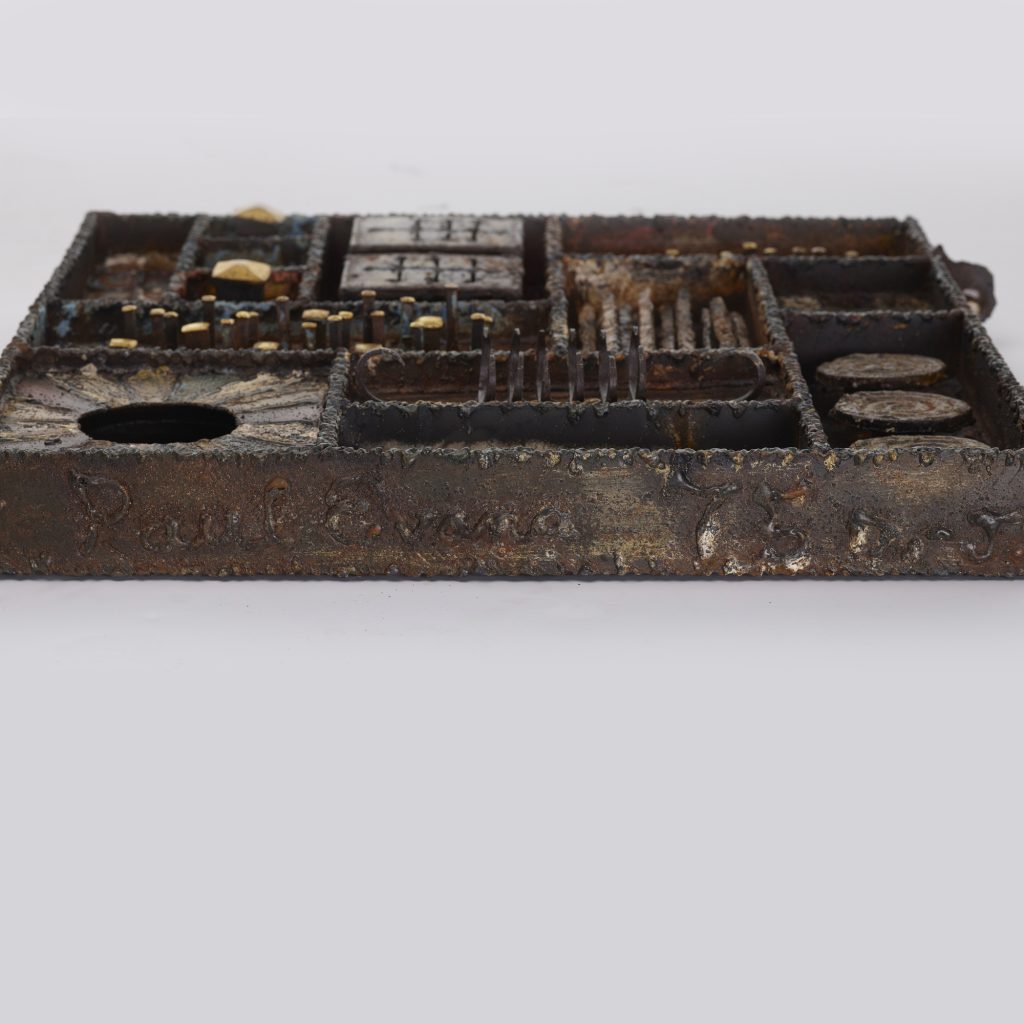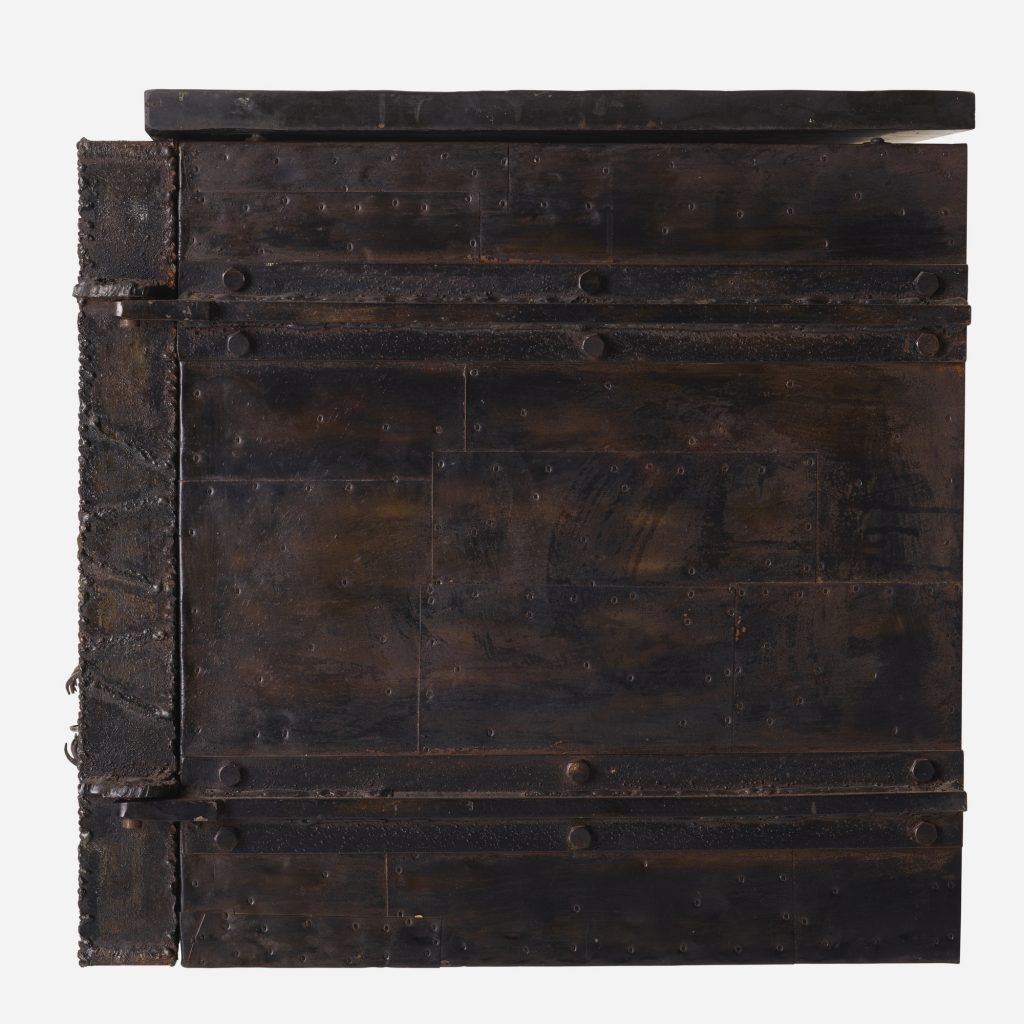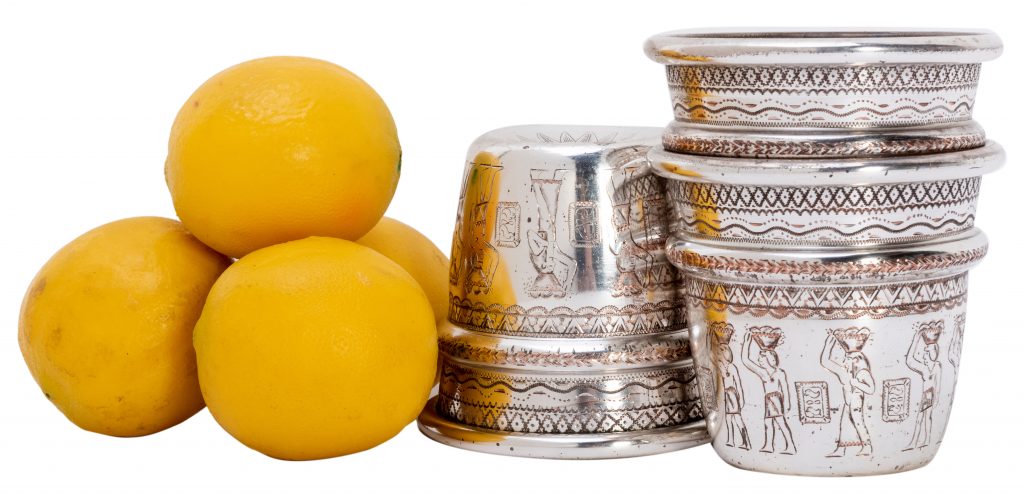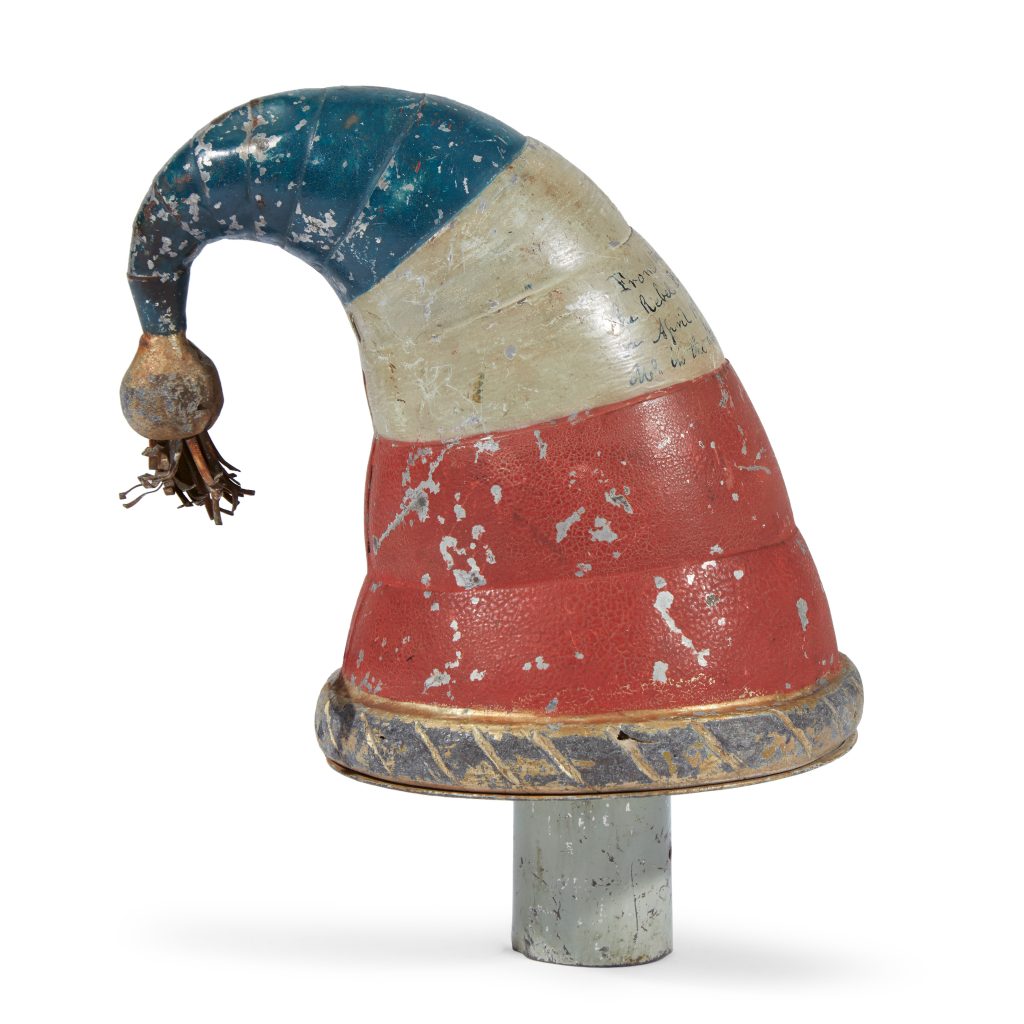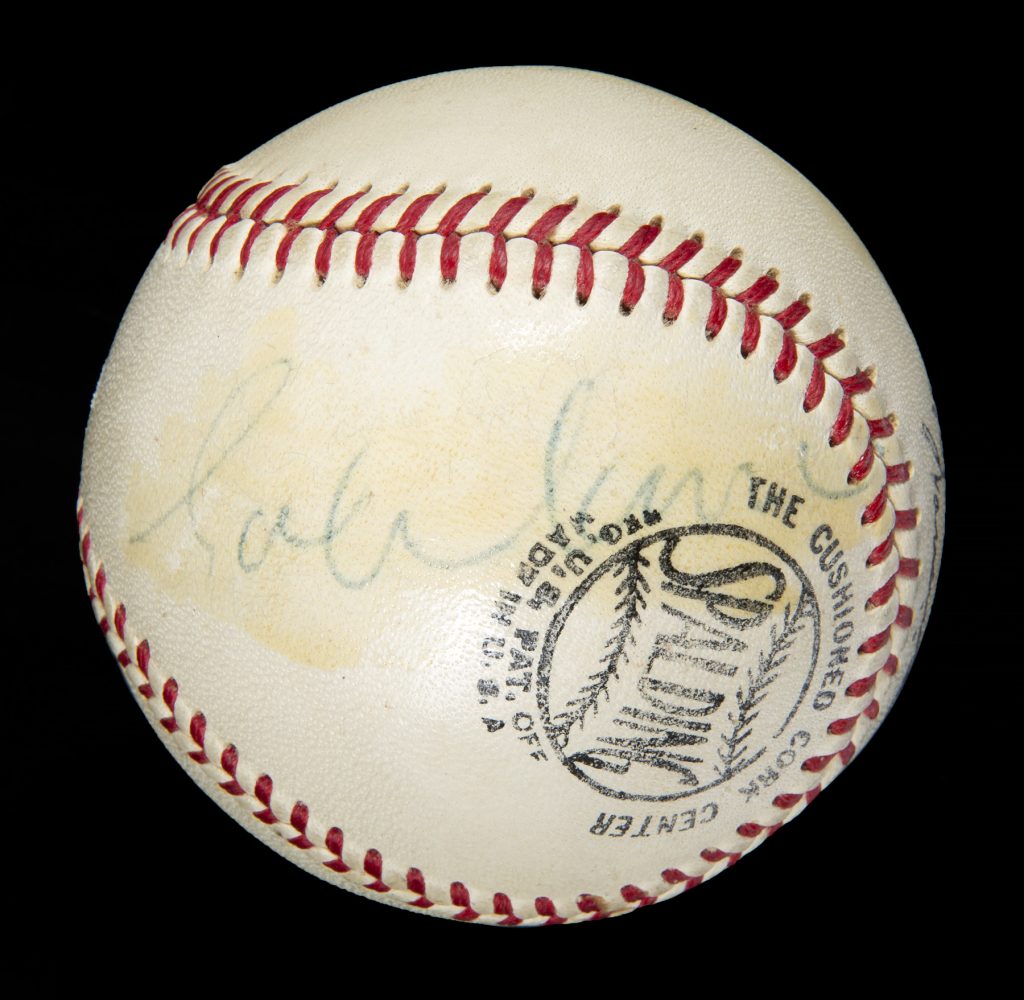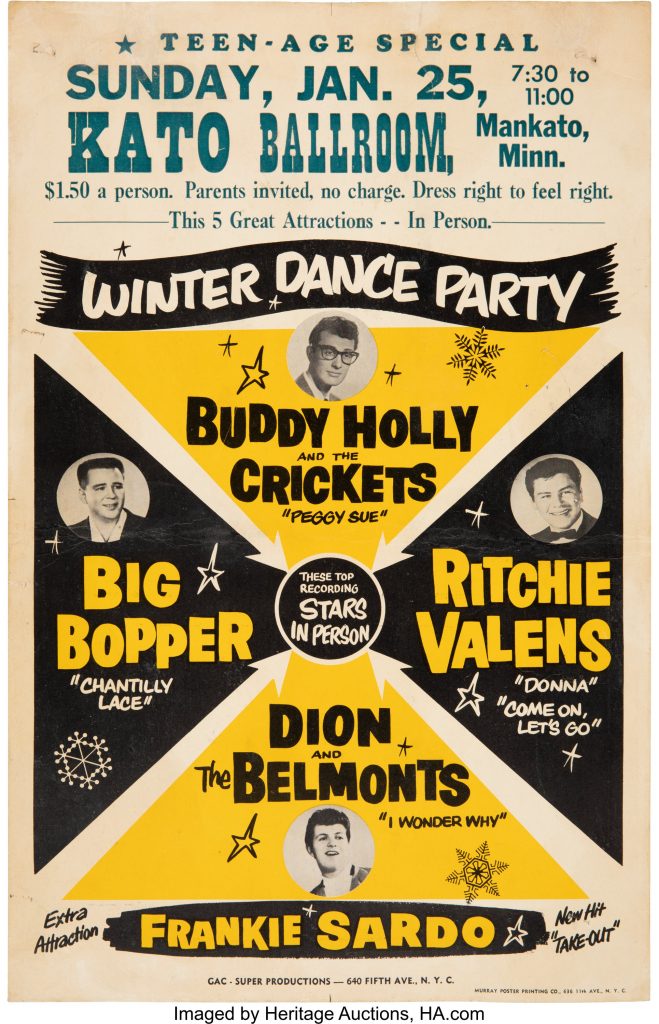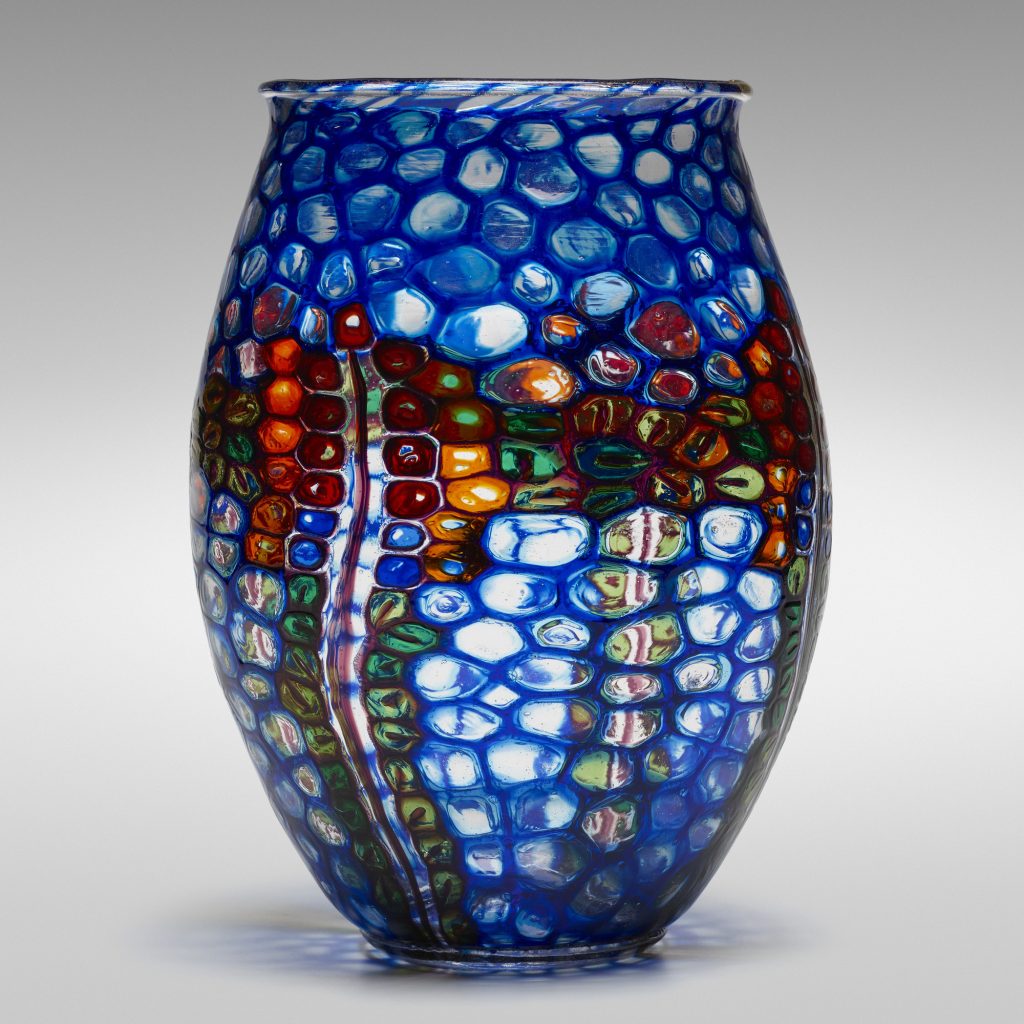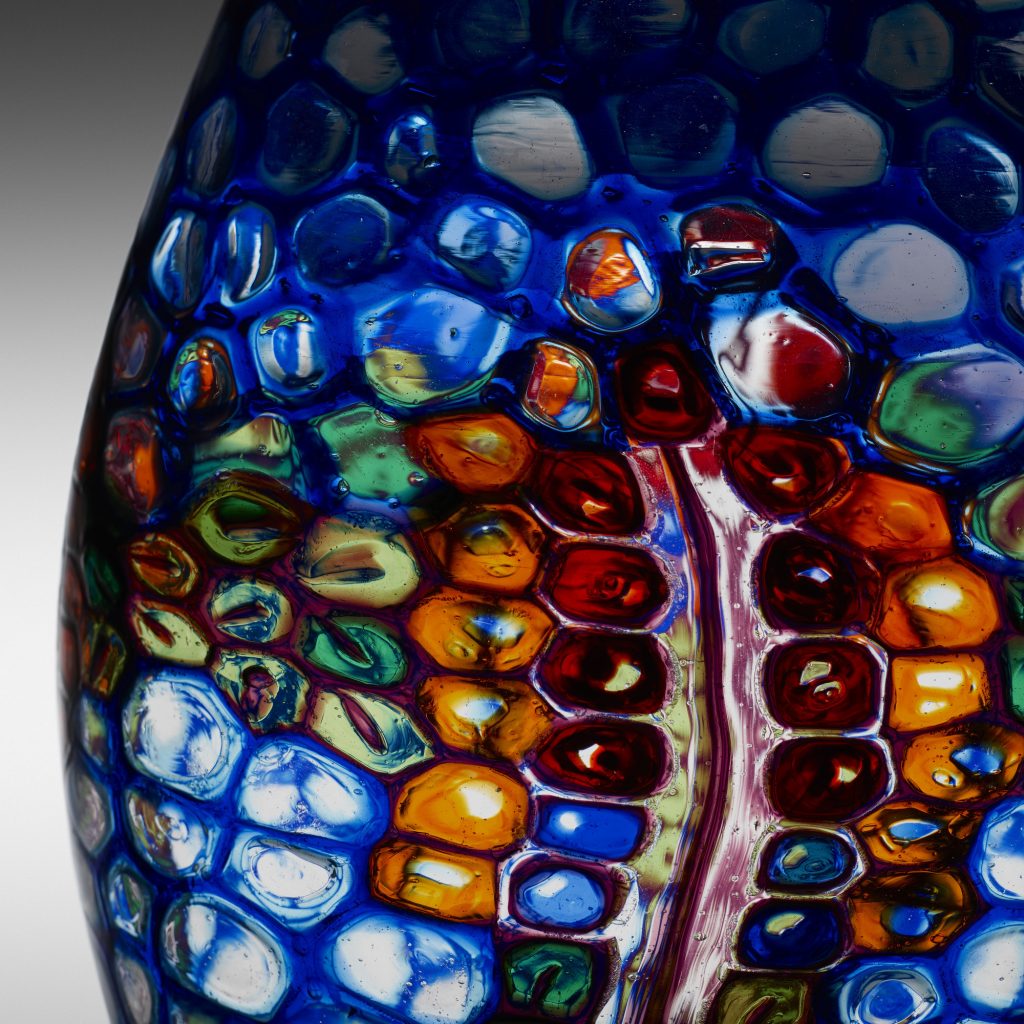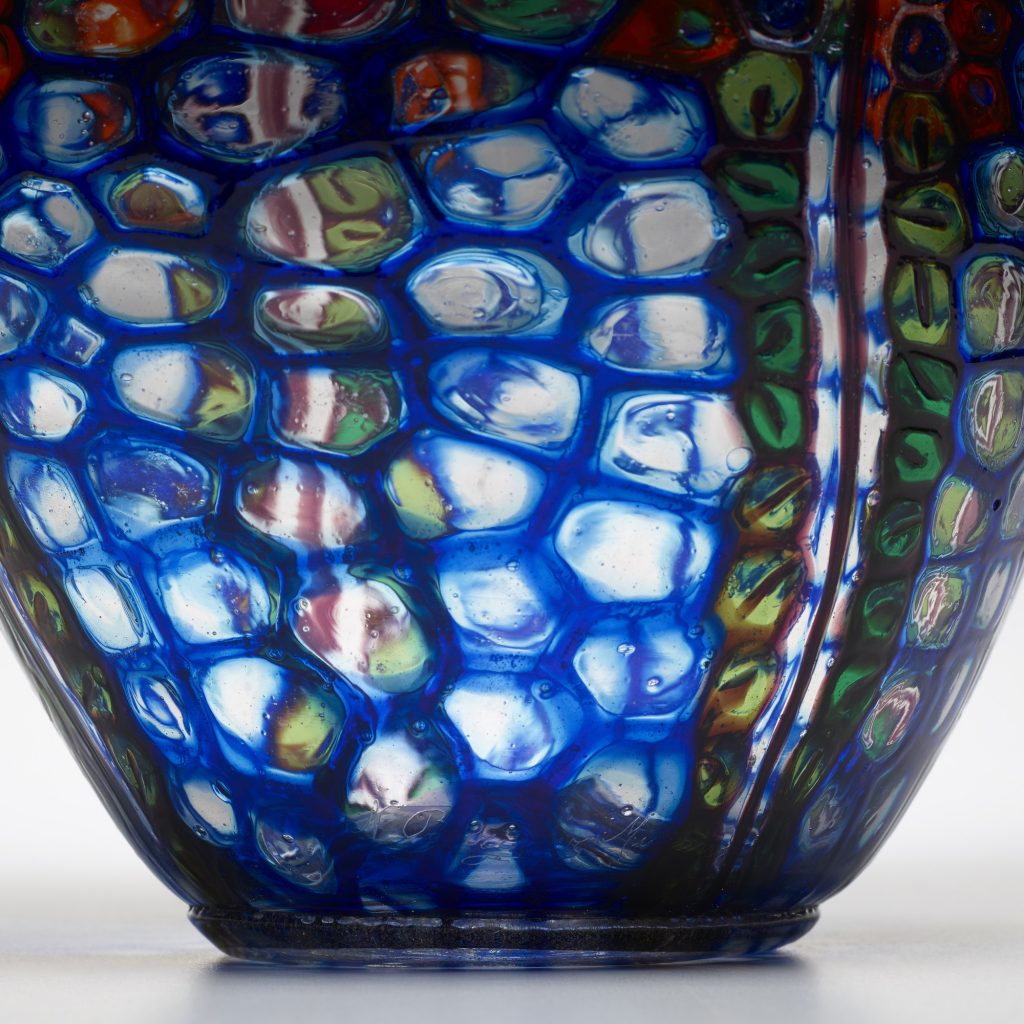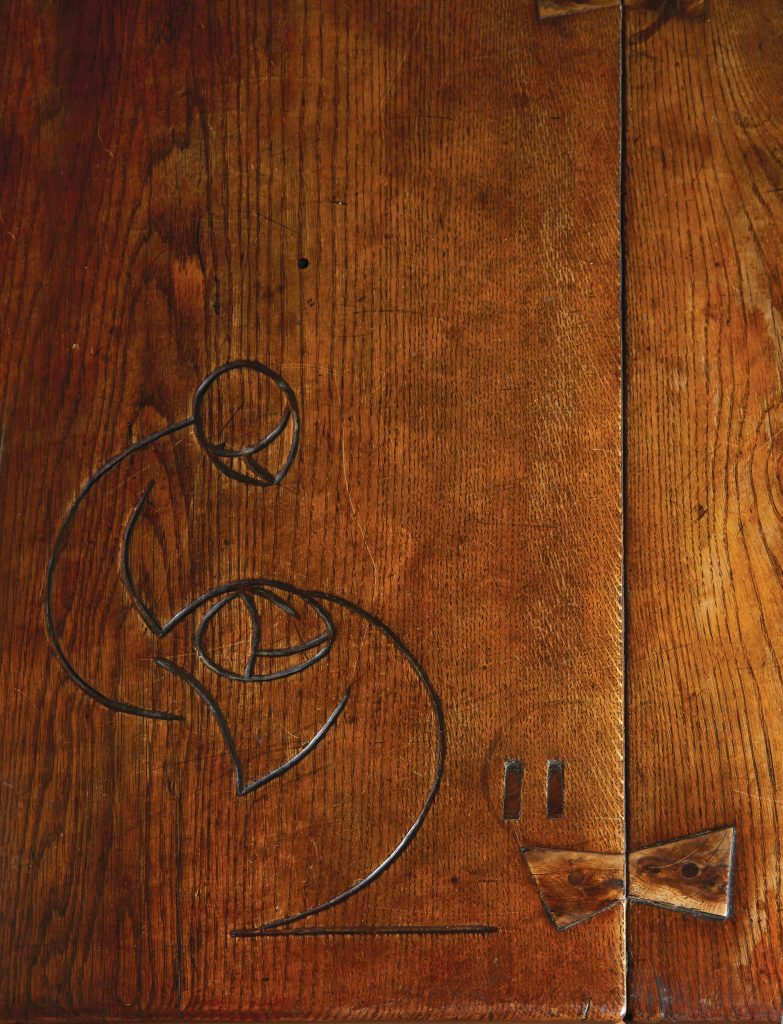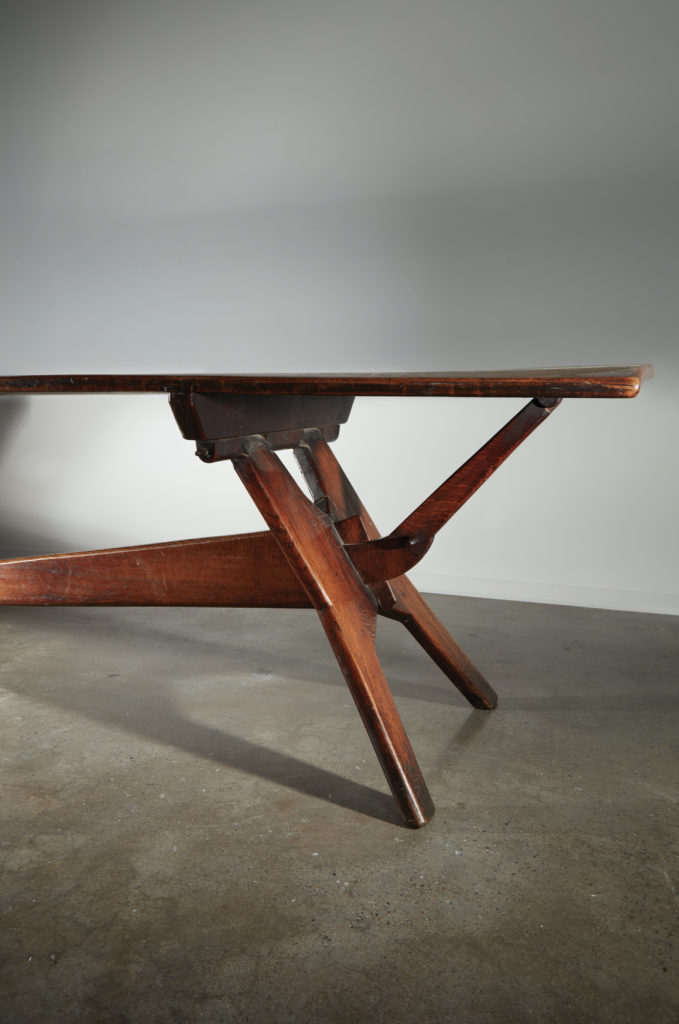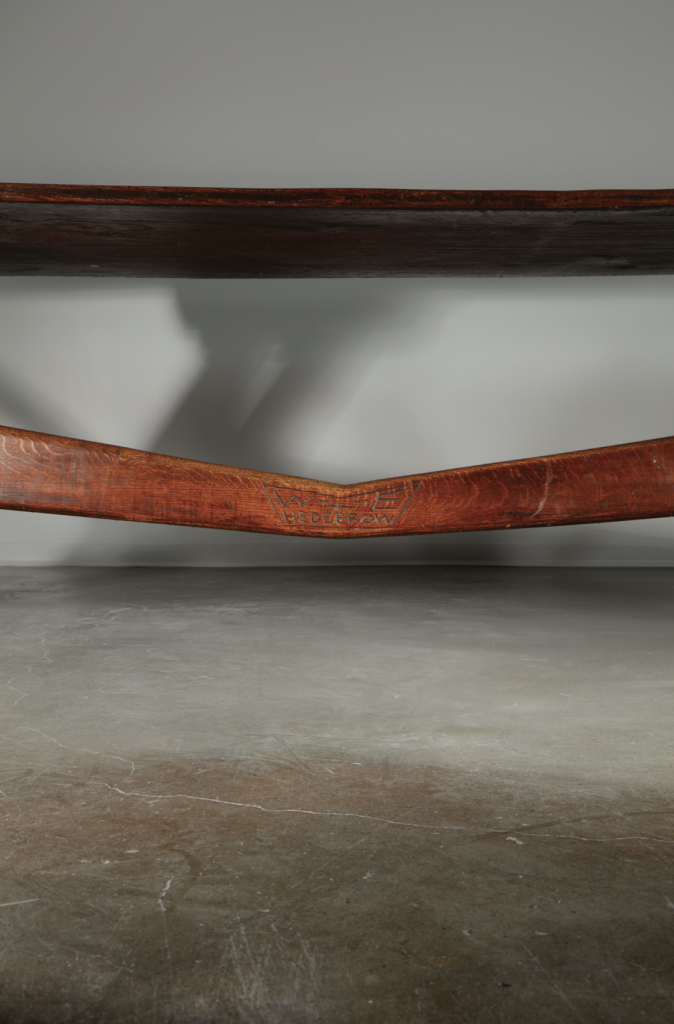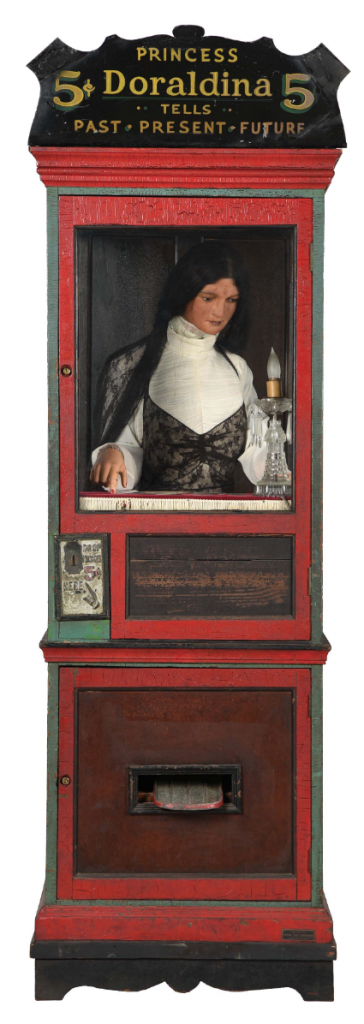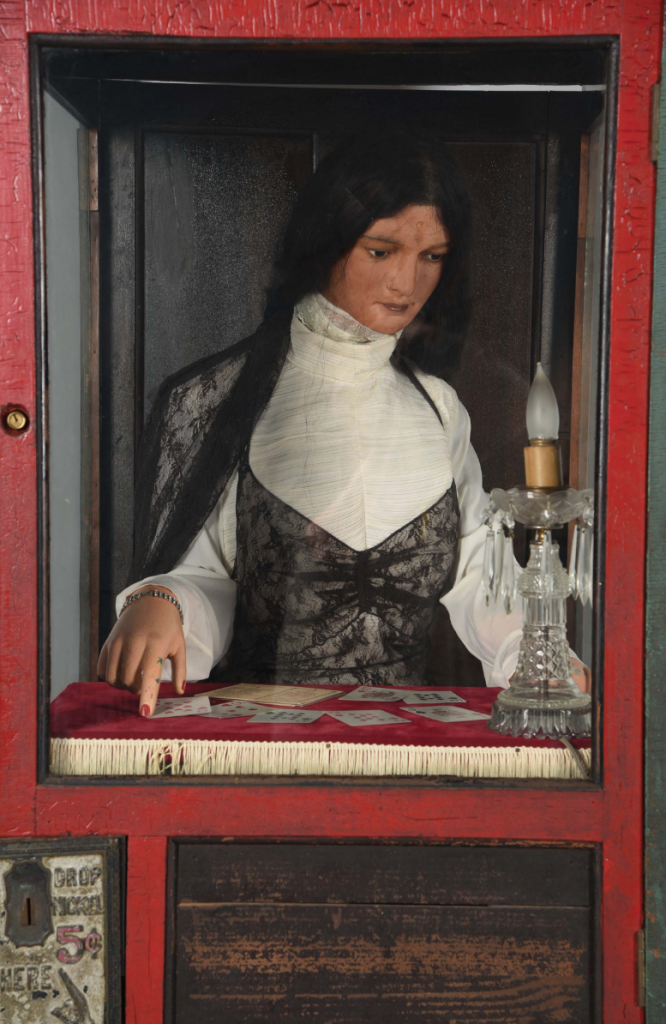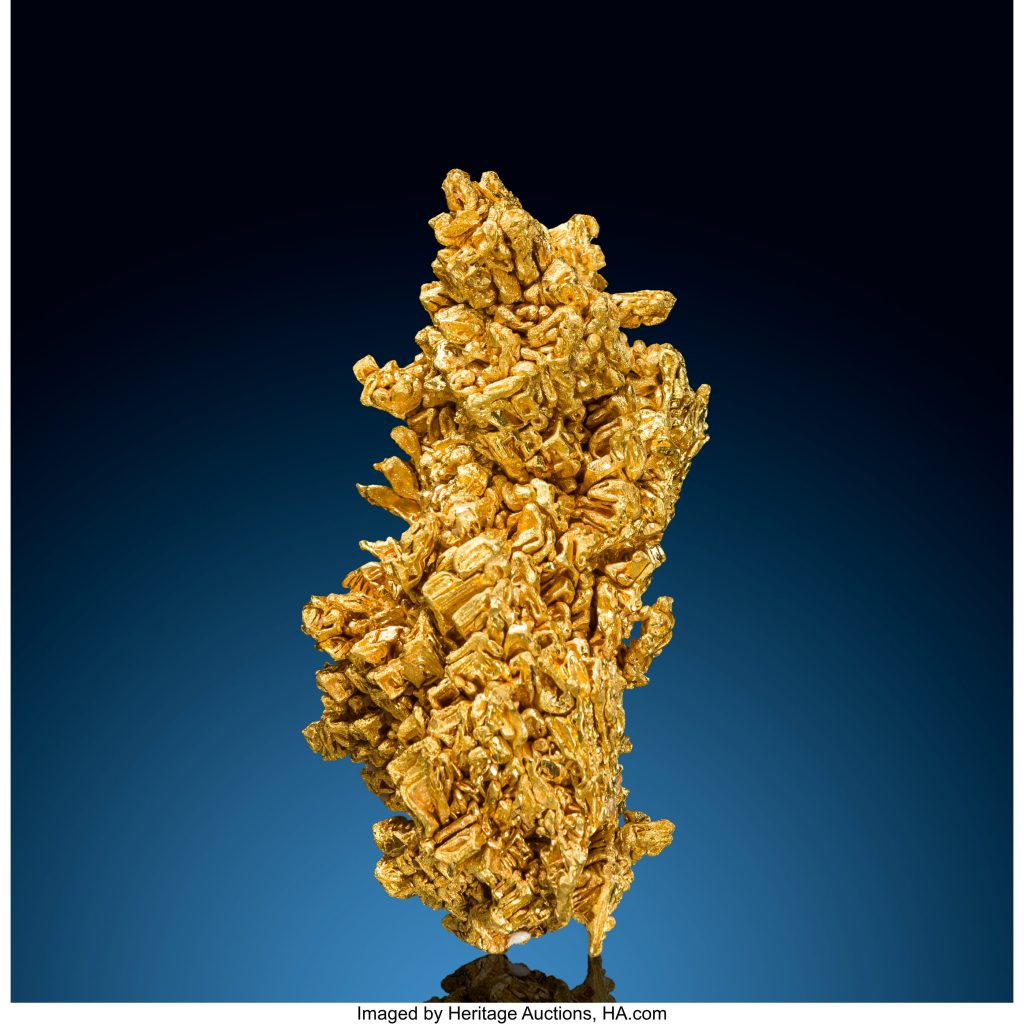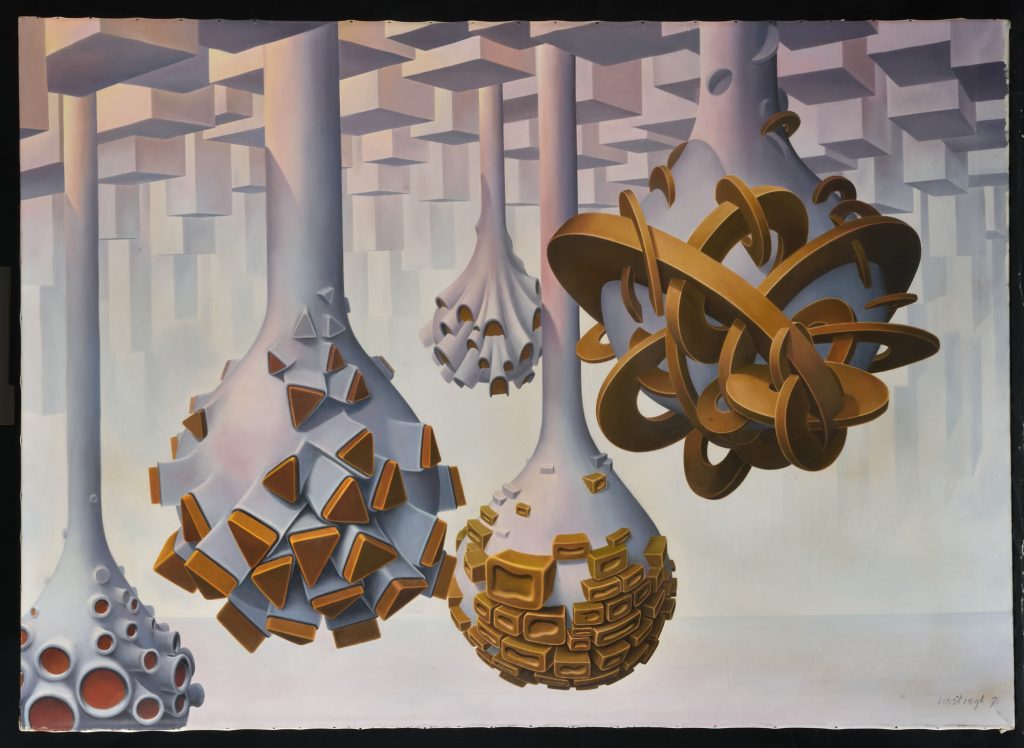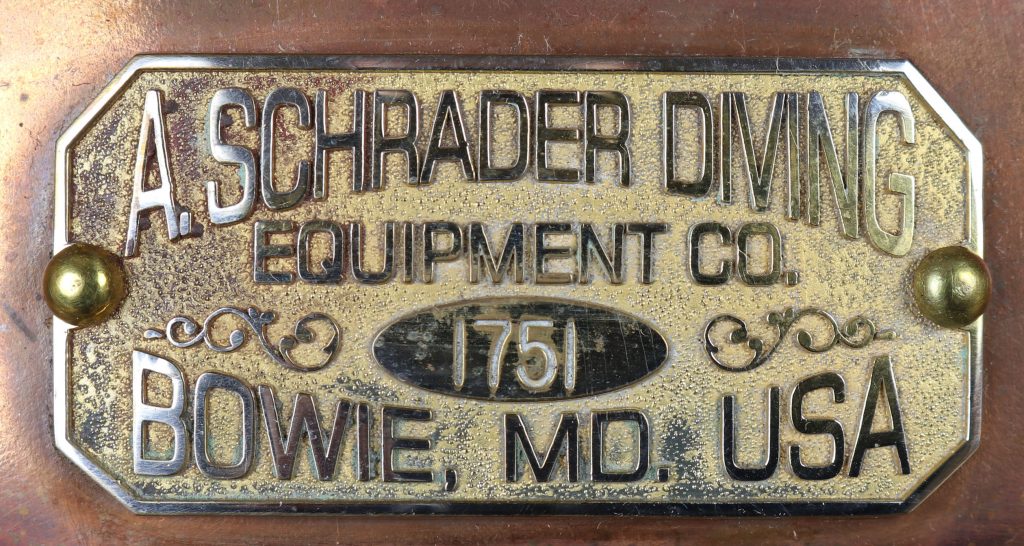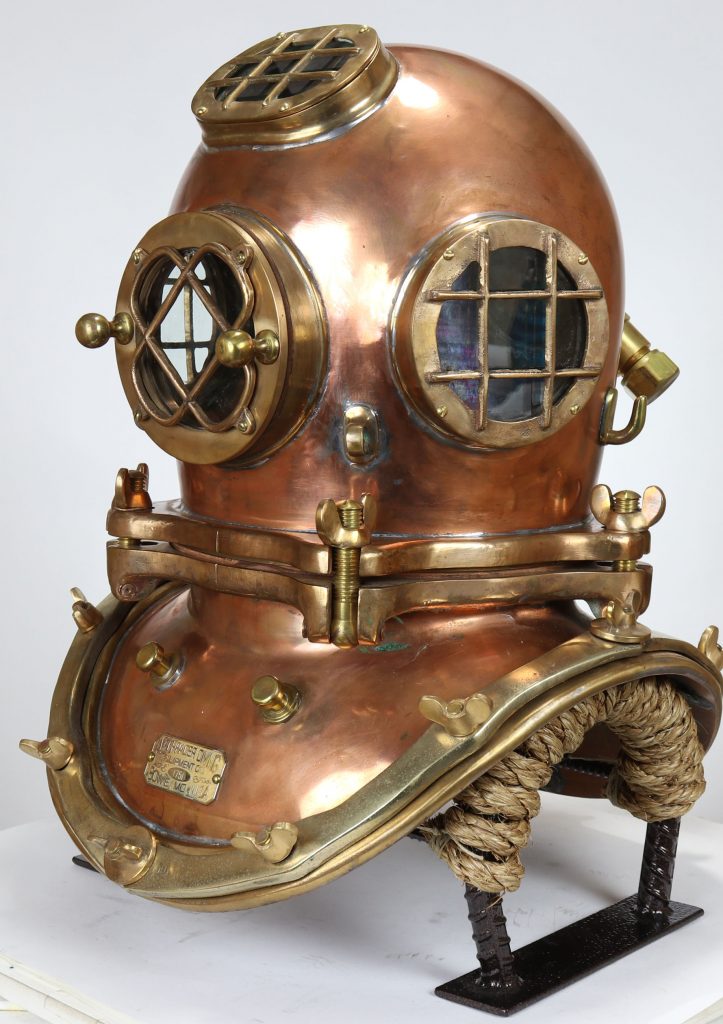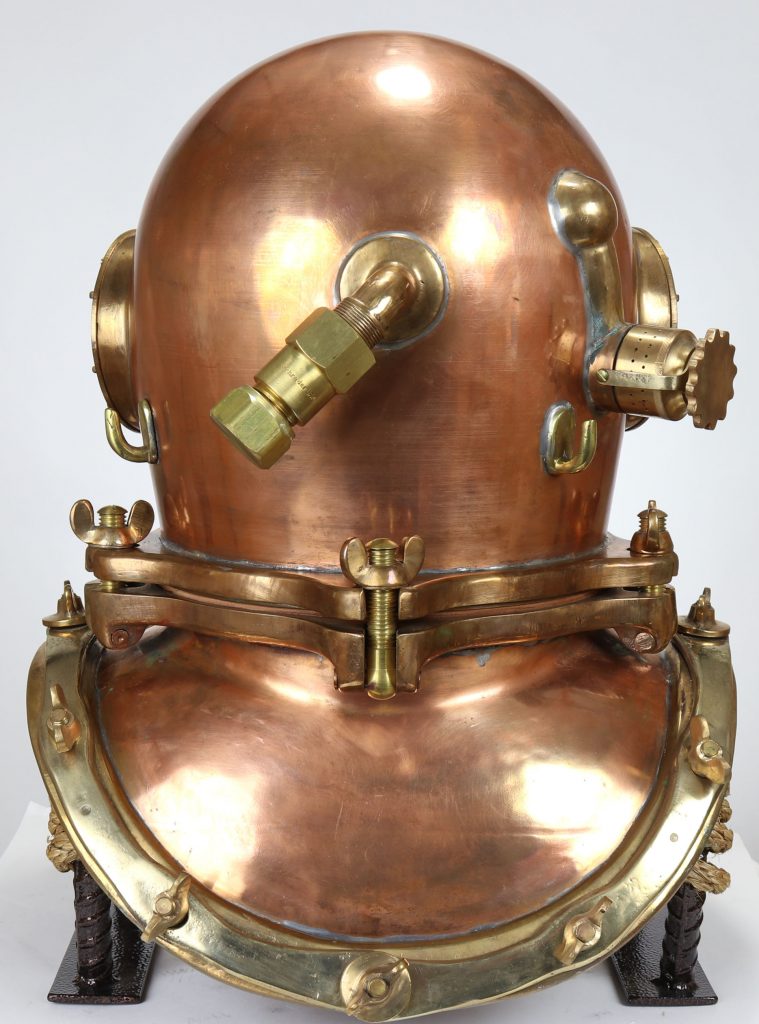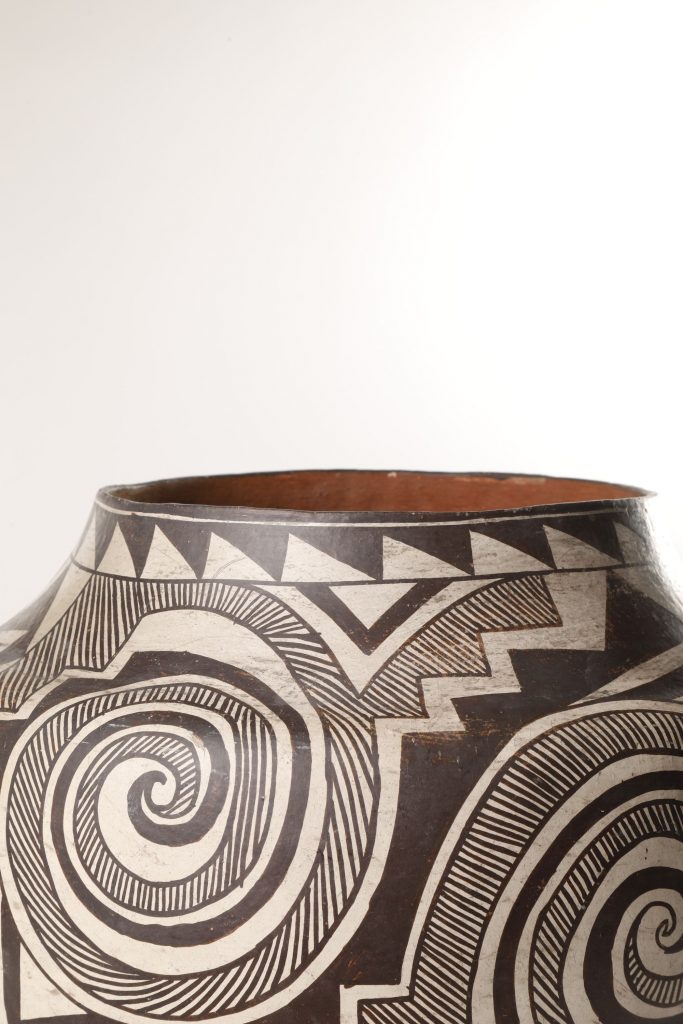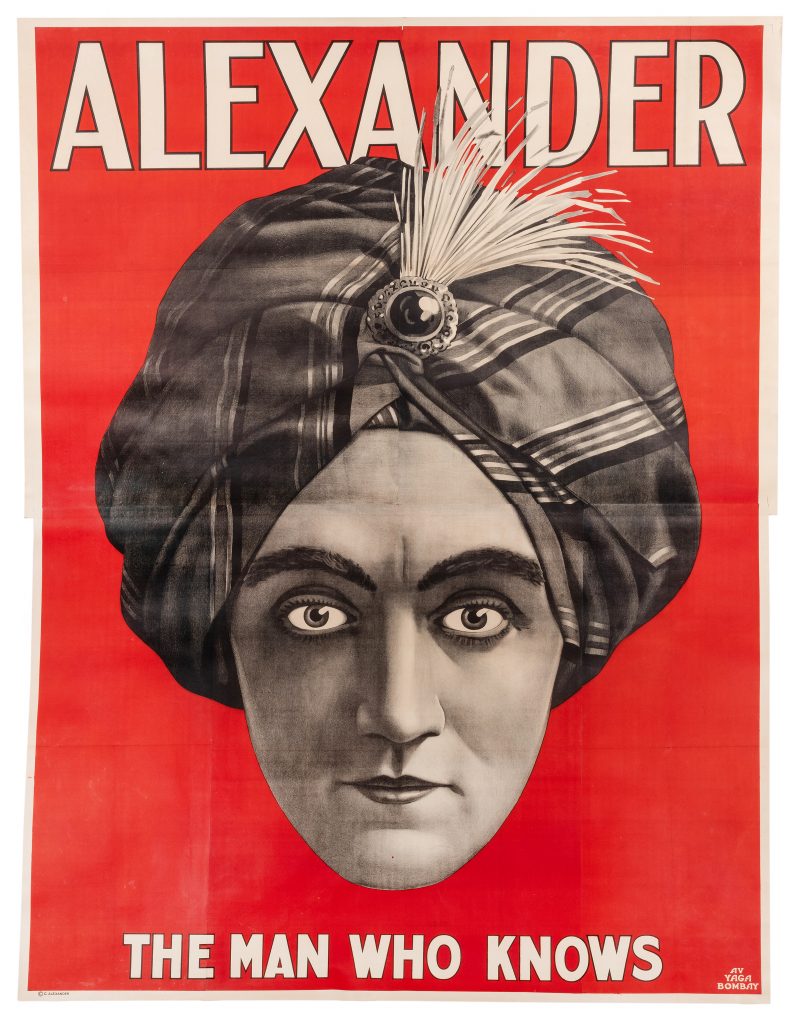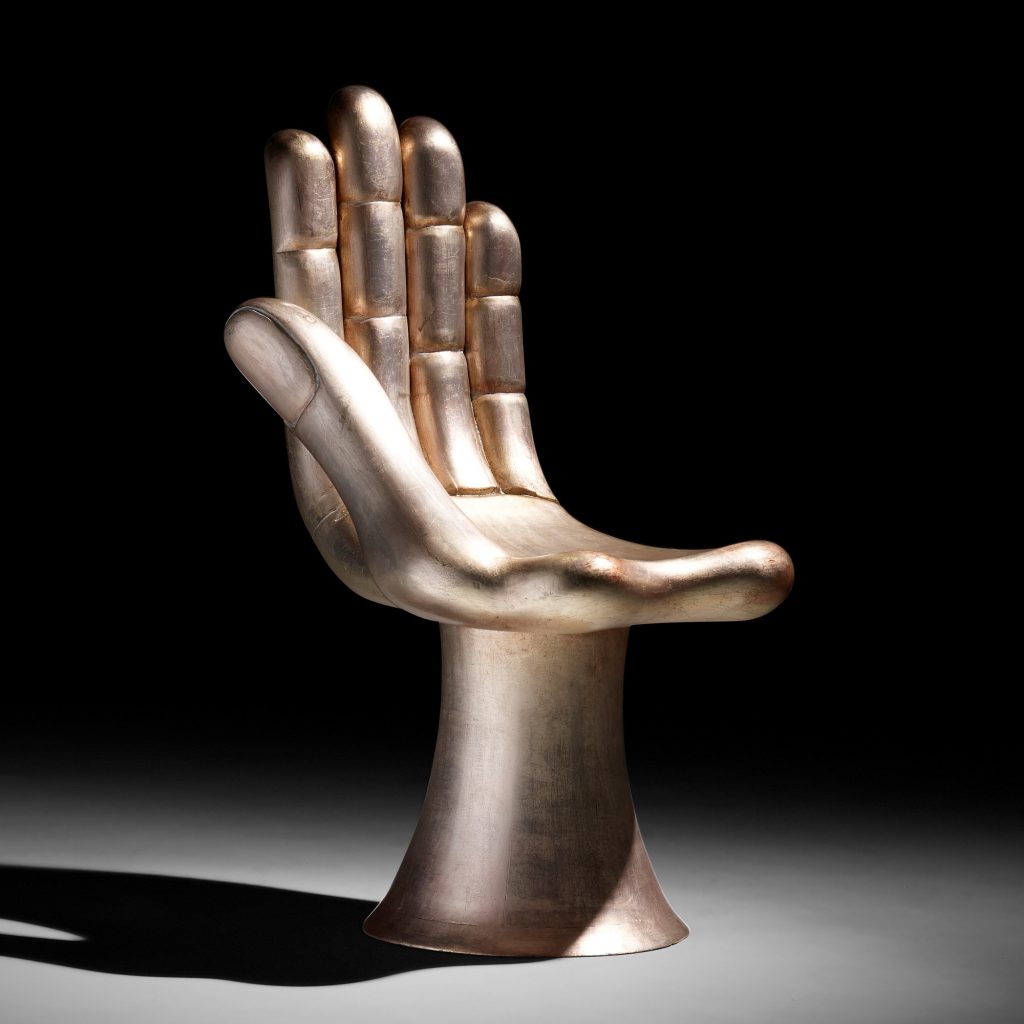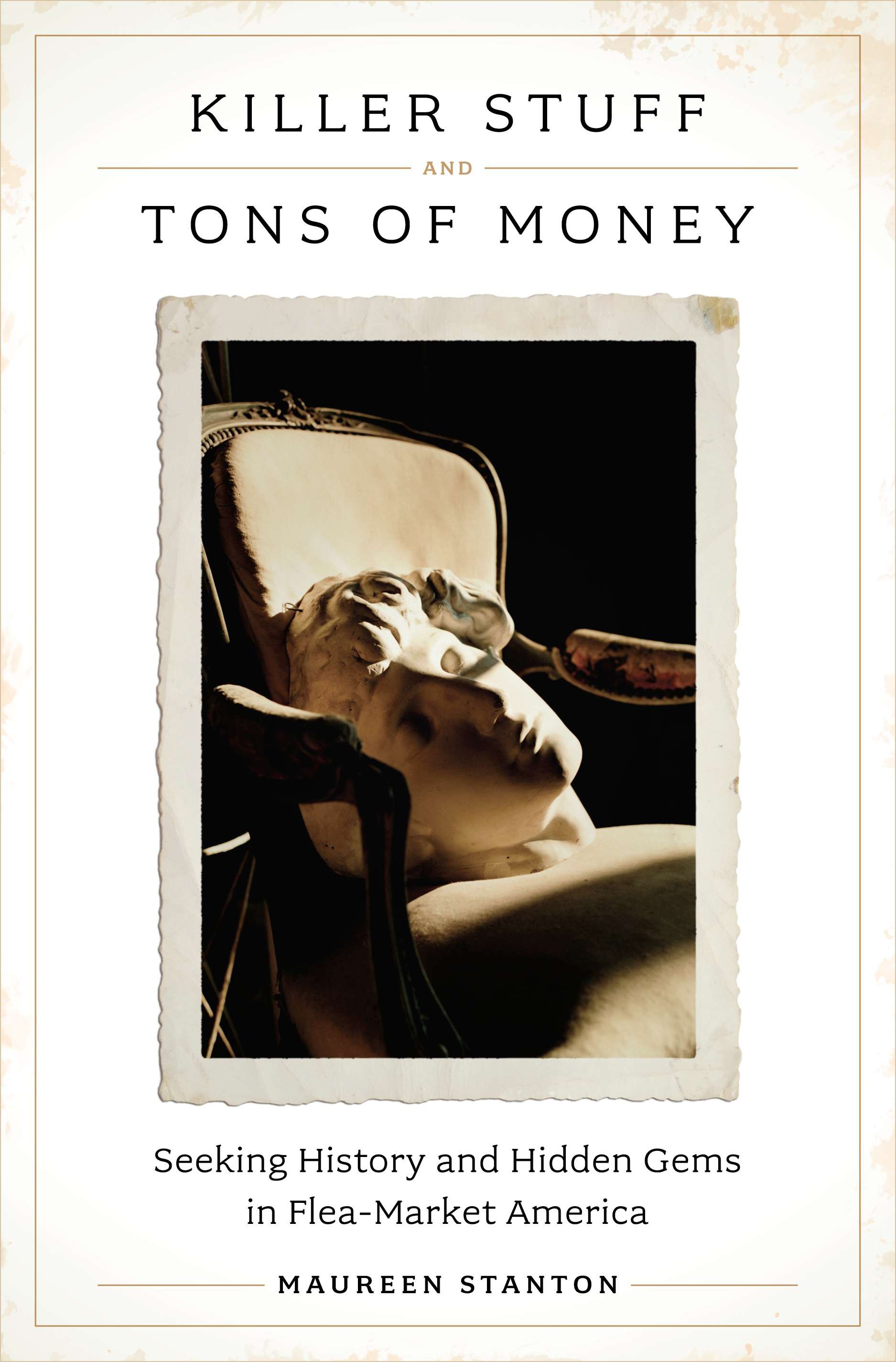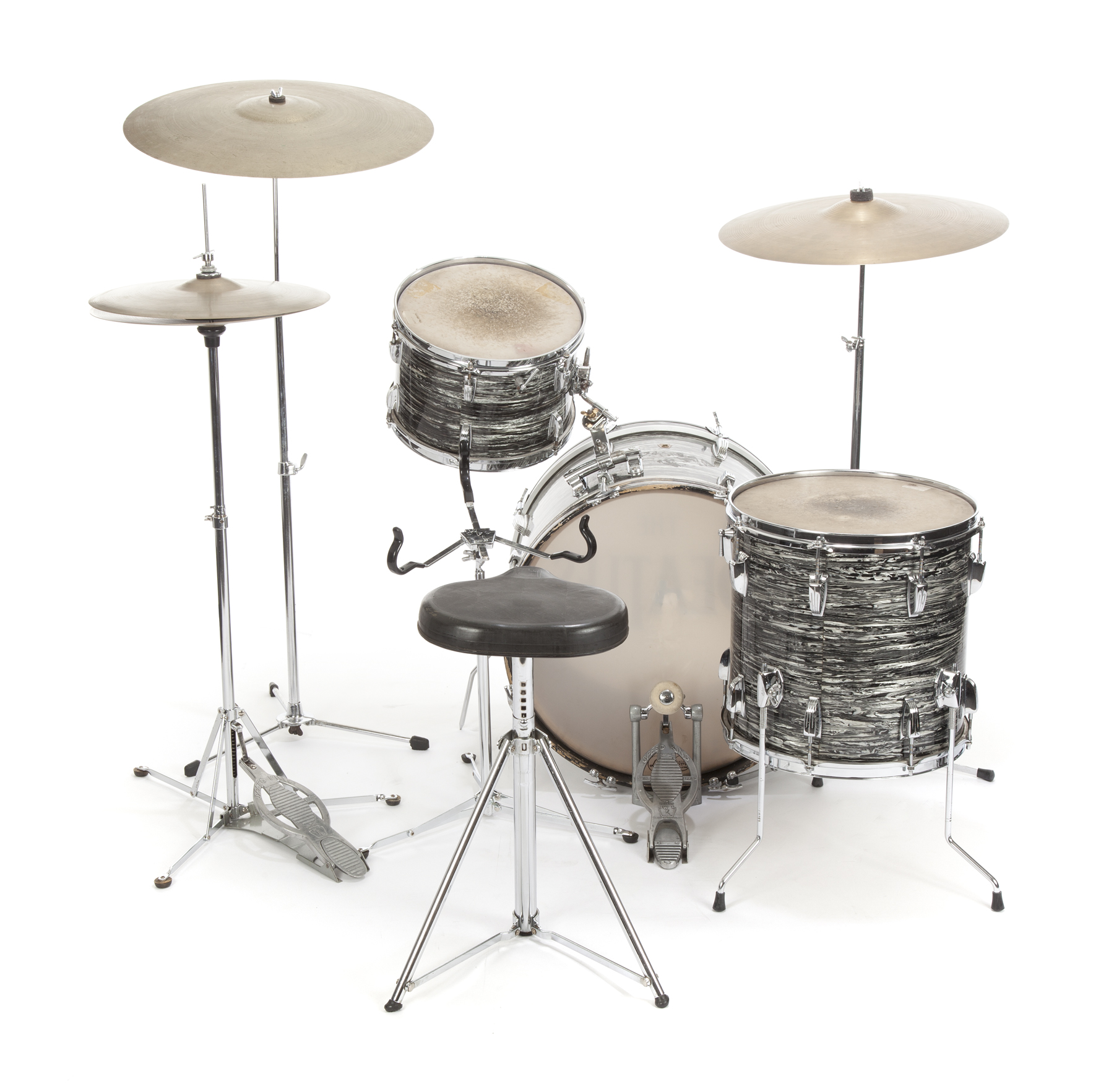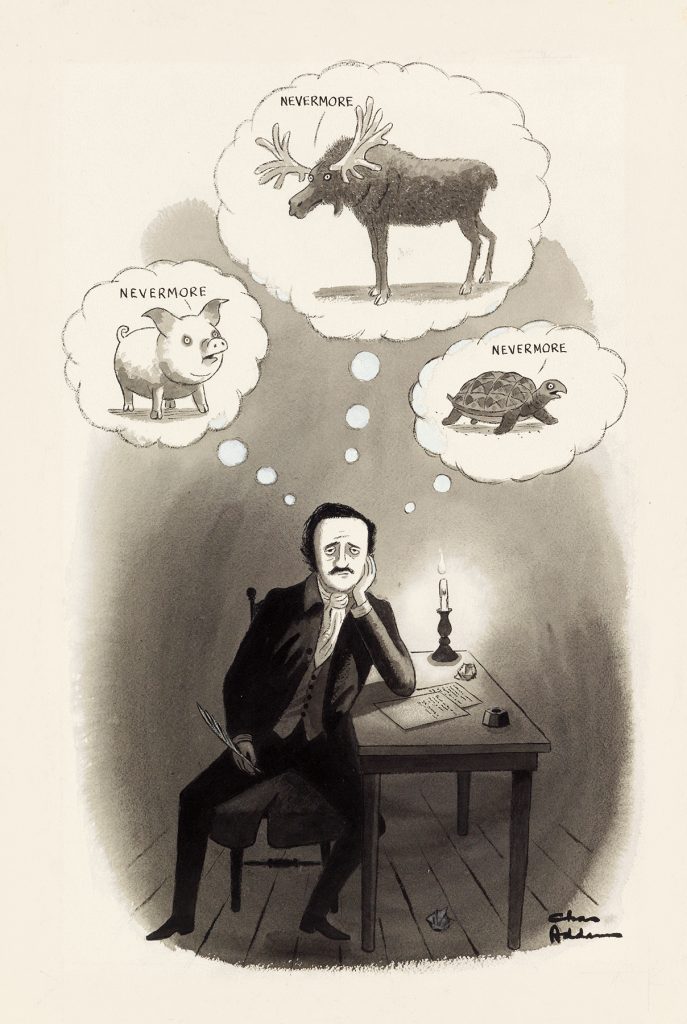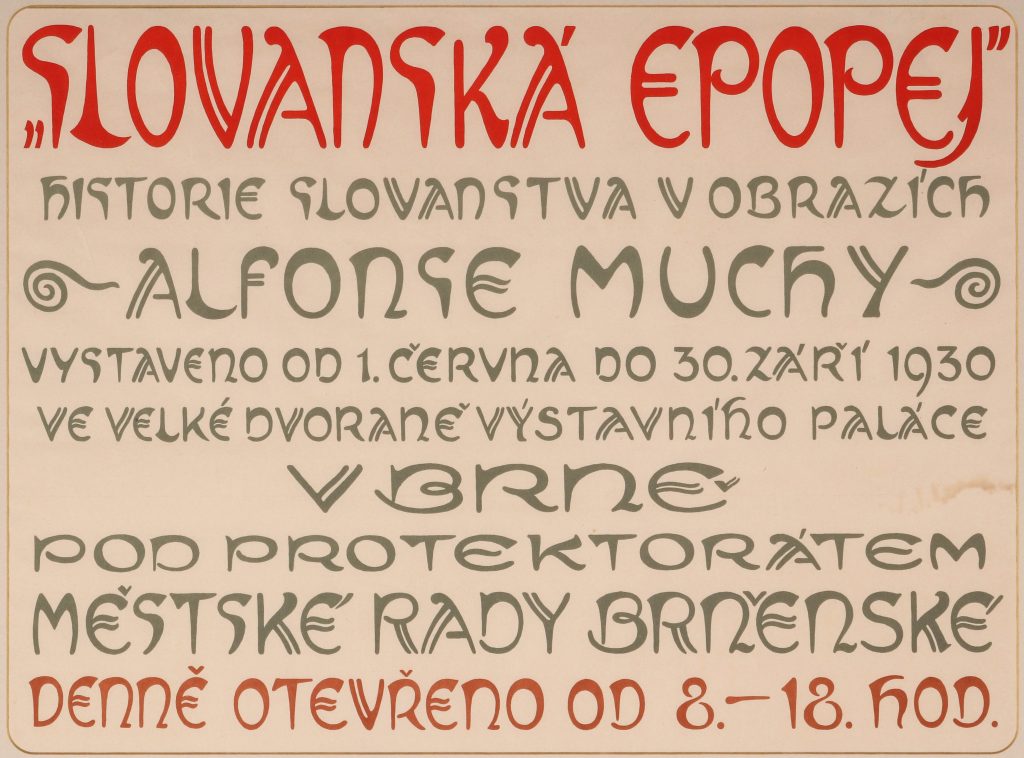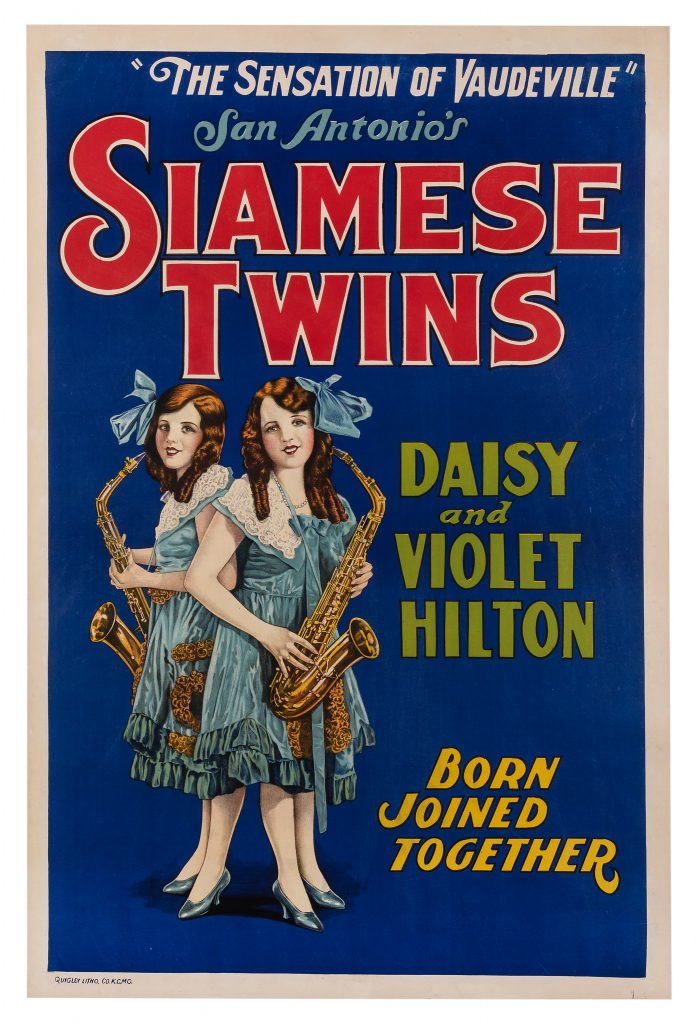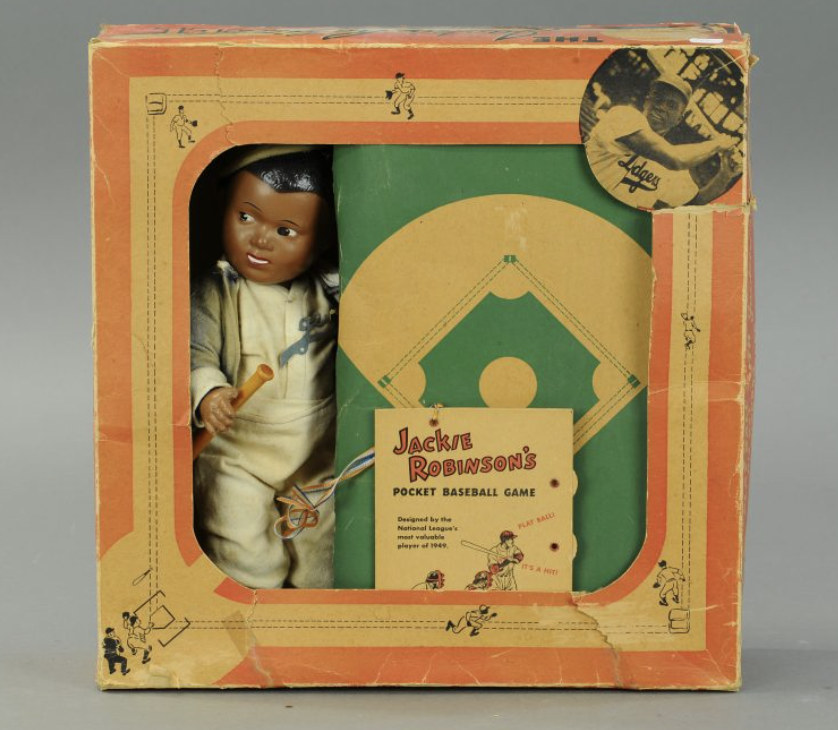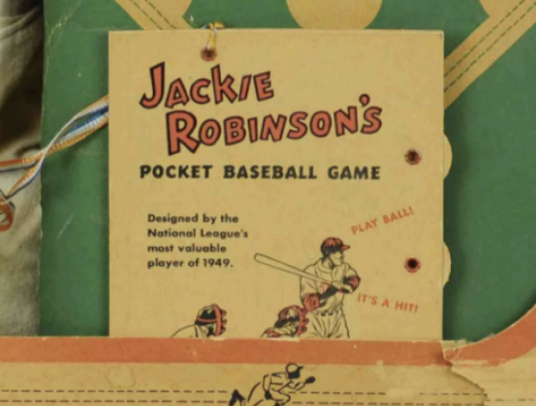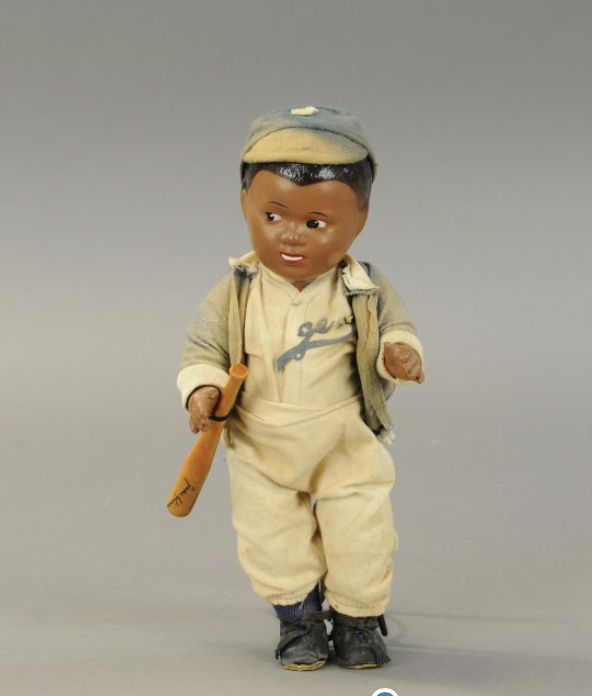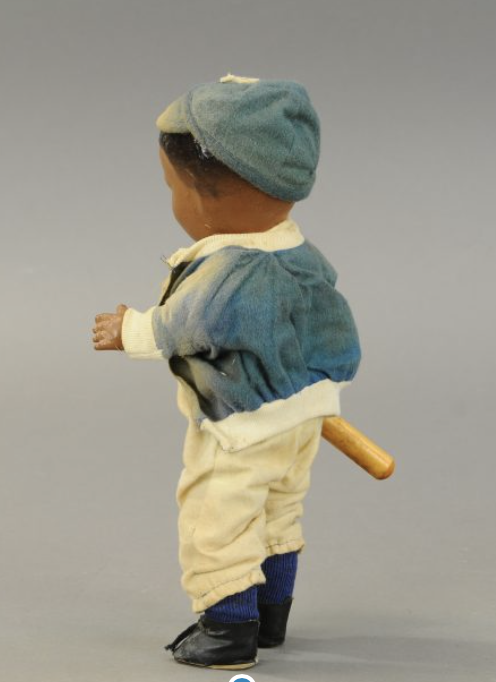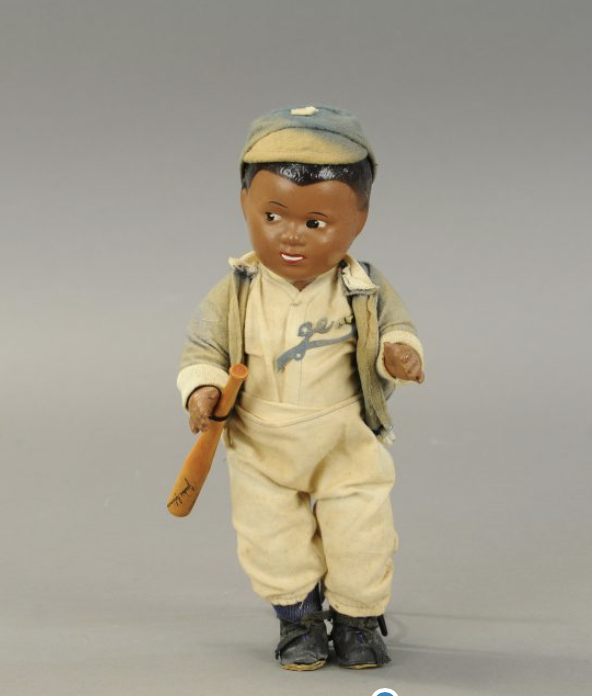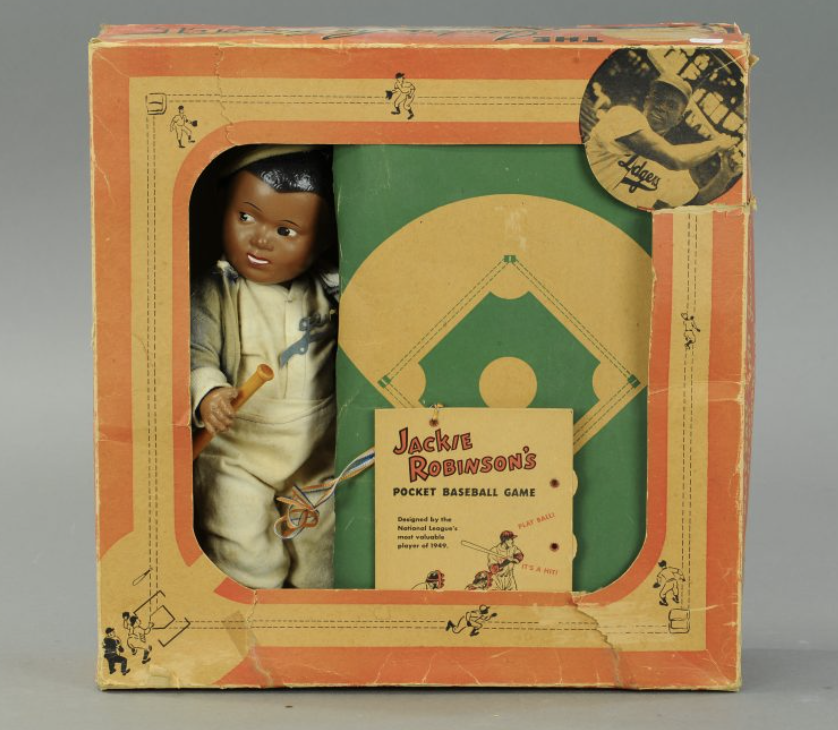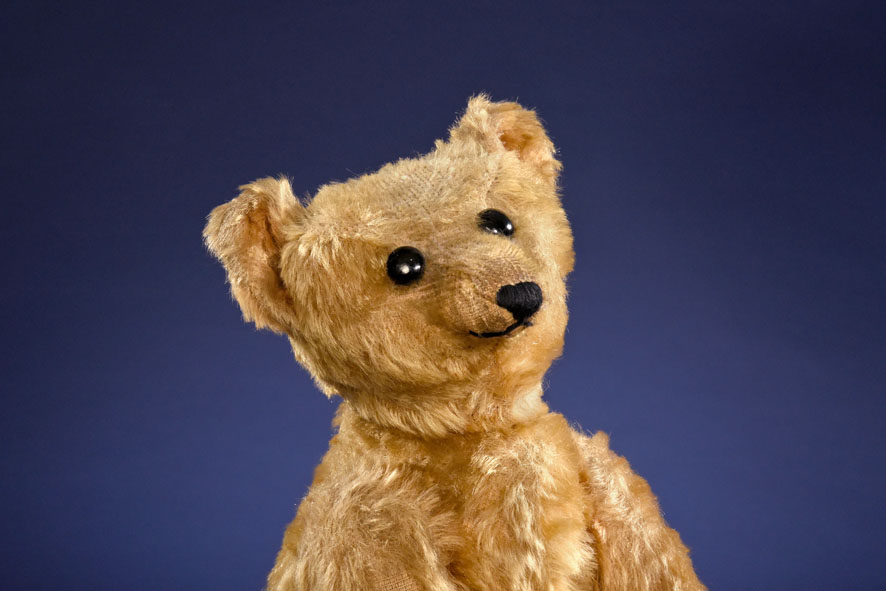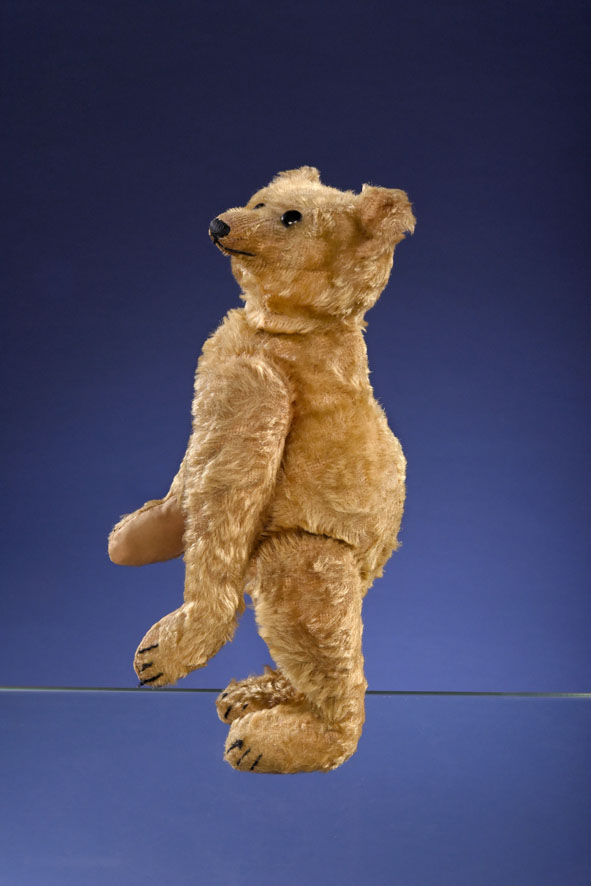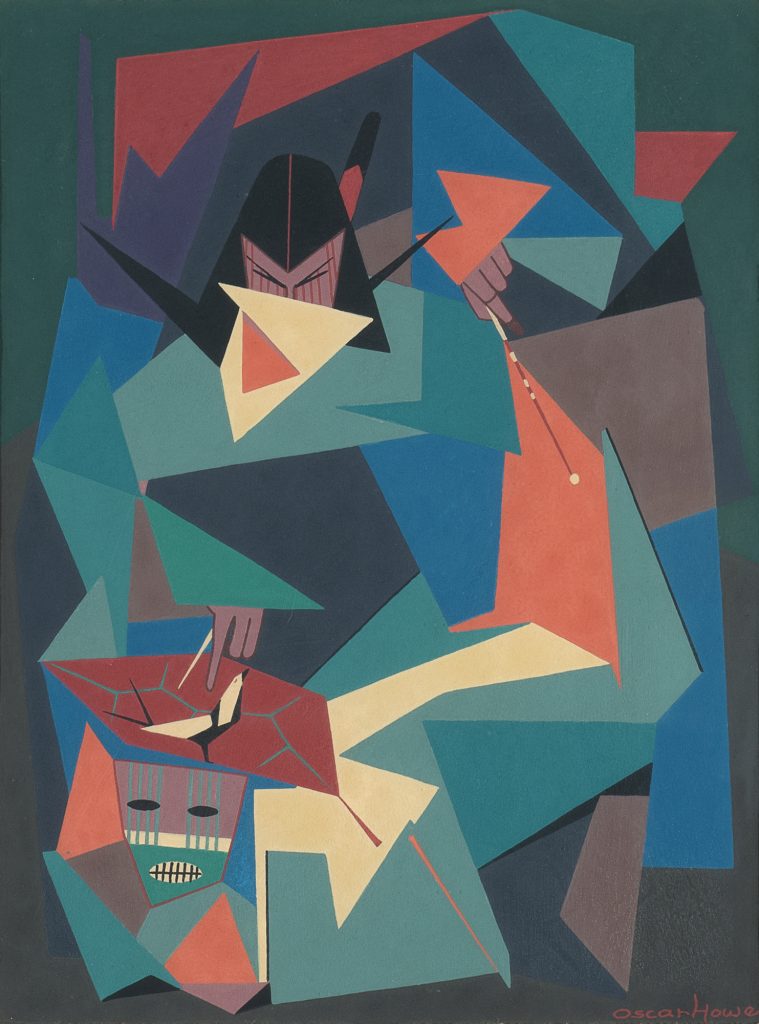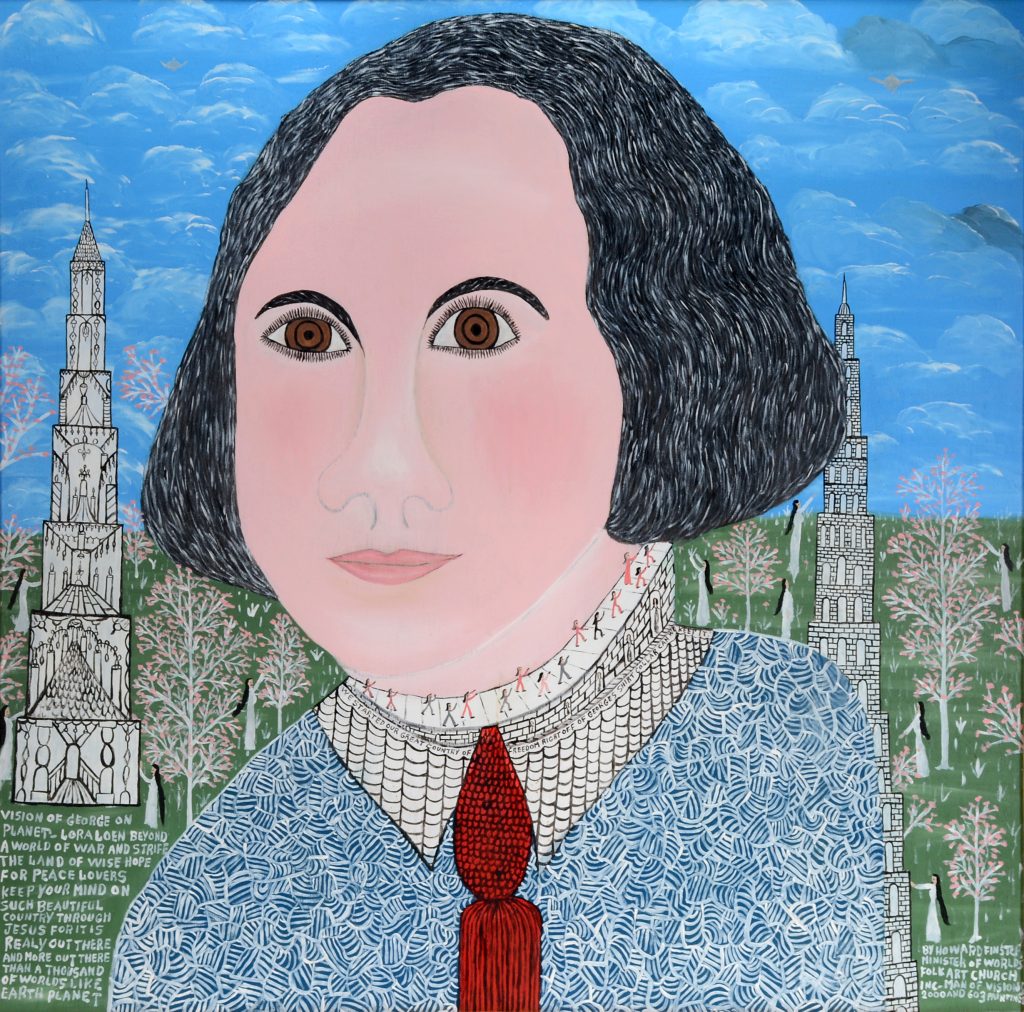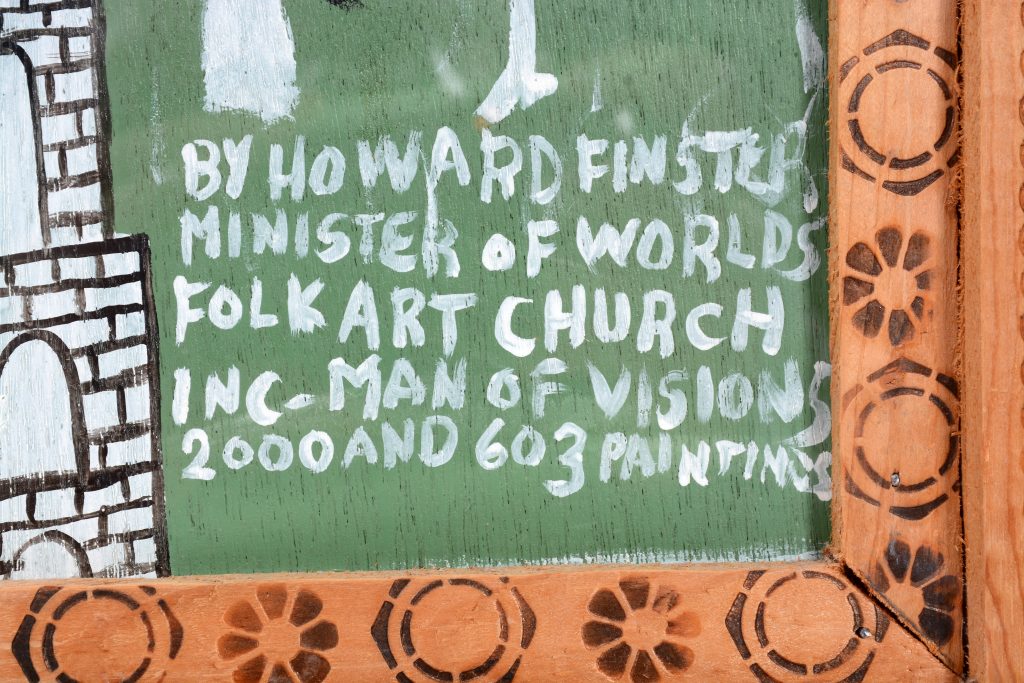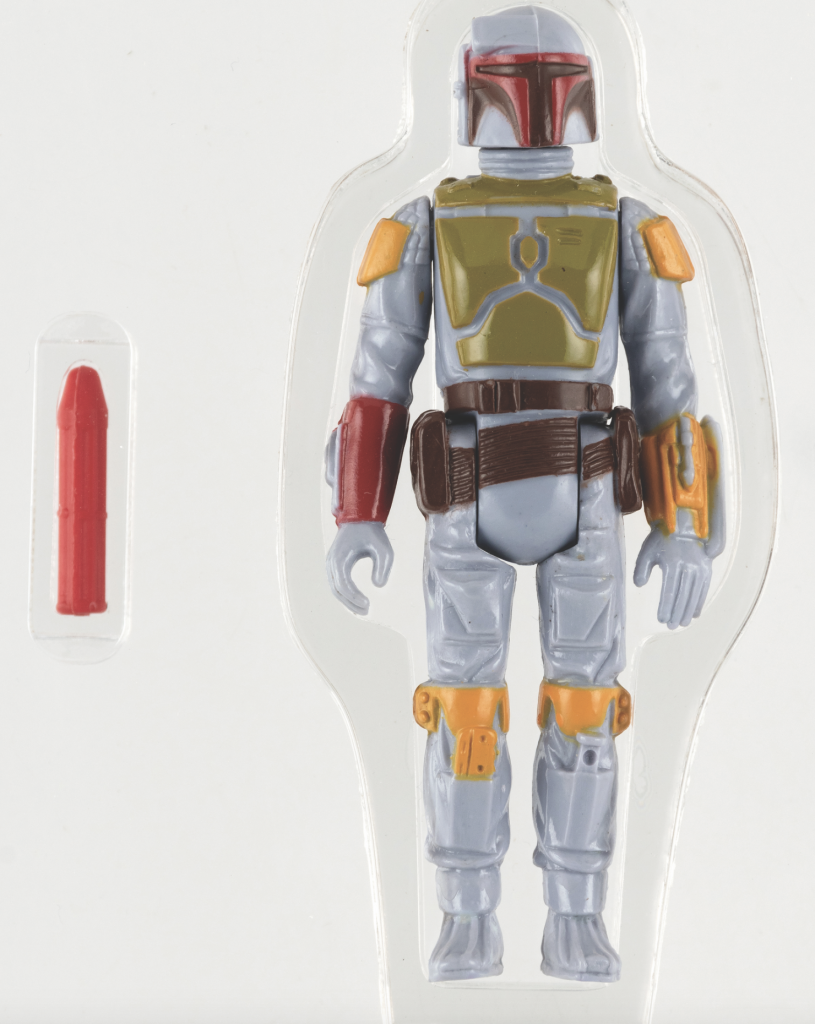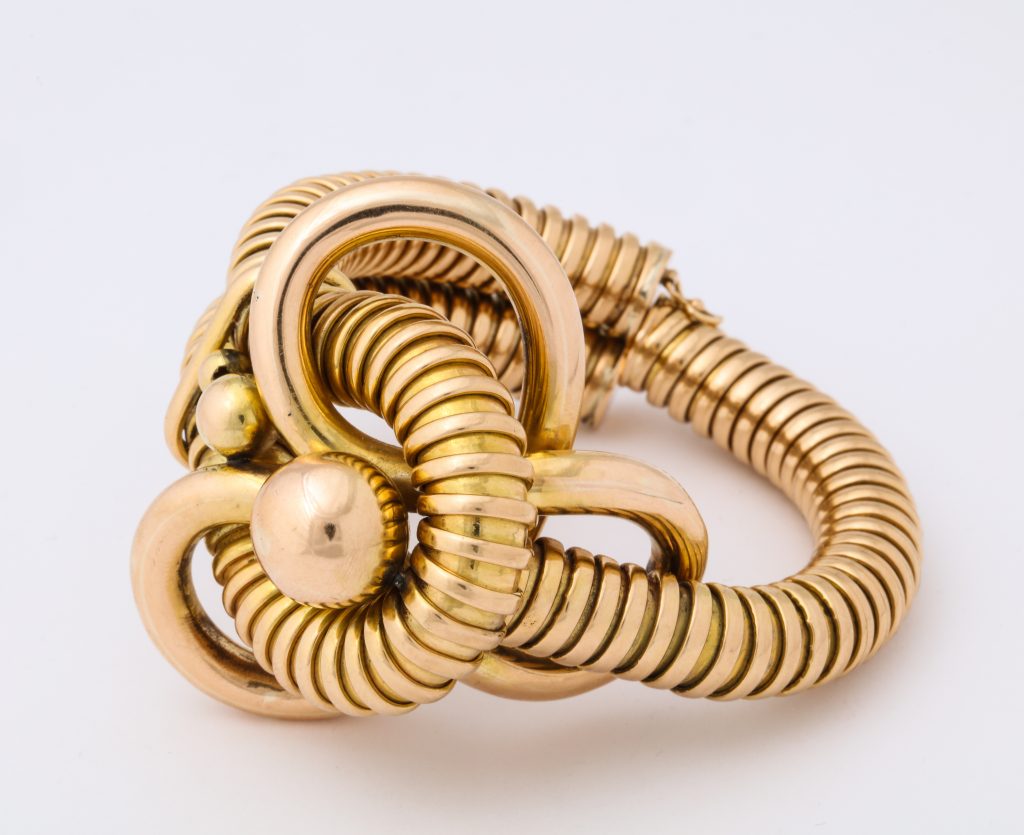The Kurt Cobain Guitar from MTV Unplugged’s 1993 Nirvana Episode Could Command $1 Million and Several World Auction Records (Updated June 20, 2020: WHOA!)
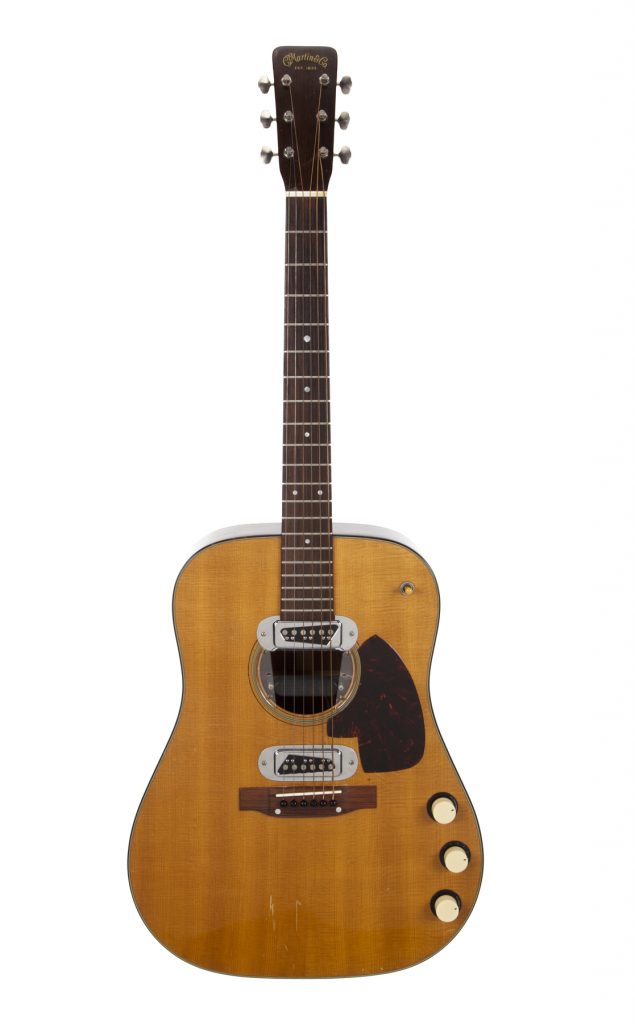
Update: WHOA! The 1959 Martin D-18E guitar that Kurt Cobain played on the 1993 MTV Unplugged episode featuring Nirvana commanded just over $6 million–$6,010,000, to be exact. It did indeed set several world auction records, including most expensive guitar at auction; most expensive Martin guitar; and most expensive item of Nirvana memorabilia.
What you see: A 1959 Martin D-18E guitar, played by Kurt Cobain for Nirvana’s 1993 MTV Unplugged episode. Julien’s Auctions estimates it at $1 million.
The expert: Martin Nolan, executive director of Julien’s Auctions.
Who was Kurt Cobain, and why does his music still resonate today? Kurt Cobain was the lead singer, guitar player, and writer for the band Nirvana, which had a short lifespan. Cobain died tragically in April 1994, but the peak of his fame was 1991 through 1994. Grunge music and grunge clothing represents an era of music, an attitude, Gen X–so many things are wrapped up in it. Nirvana has music and lyrics that have meaning to us all right now.

I get the sense that there’s not a lot of Kurt Cobain material out there to be had. Is that right? That’s absolutely true. There’s a very limited amount of stuff out there. Kurt Cobain was a minimalist guy in a minimalist era. The majority of the stuff is still with the family. We sold a Fender guitar of his last year for $340,000. And the green cardigan [he wore during the MTV Unplugged episode] we sold for $334,000. I think Kurt Cobain would be laughing and crying at the same time [over the result]. He bought it for a few bucks in a thrift shop, and it has cigarette burns and stains. And he wrote great songs, but he was also an artist from a very young age. When his drawings come to market, they can get $7,000, $8,000, $9,000.
I guess Kurt Cobain is kind of like John Lennon, in a way. Exactly. There’s a lot of crossover between Kurt Cobain and John Lennon. The Beatles transformed music and our attitude to music in the 1960s. Nirvana did it again in the 1990s.

Do we know when and how Kurt Cobain acquired this 1959 Martin D-18E guitar? Kurt Cobain played many guitars and broke many guitars on stage. It was part of his show, and part of his schtick. He bought this in the early 1990s at Voltage Guitars, a store in Los Angeles. Martin made 302 of those D-18E guitars. They’re rare and highly collectible. This guitar is number seven in the production run.
What might have moved Kurt Cobain to purchase this vintage guitar? He bought it for a couple of reasons. Kurt Cobain was a left-handed guitar player, and it’s easy to adapt a Martin guitar for left-handers. He also added a Bertolini pickup. That made it an electric guitar–it was still acoustic, but it was modified for electricity. [Since this story went live on May 18, 2020, Lloyd Chiate, owner of Voltage Guitars, offered a correction: The Martin D-18E is, in fact, an electric guitar. While we can no longer ask Cobain why he added the Bertolini pickup, he may have done so to improve the guitar’s tone and its performance during recording sessions.]

MTV Unplugged was a well-regarded, even prestigious musical showcase before taping the Nirvana episode, but that 1993 show is great enough to demand its own category. Why? What makes it such a magnificent performance? Kurt Cobain ruled the roost with that production. He designed the stage, the candlelight, the chandelier–all his decision. There were 14 songs, including six covers from the Vaselines, David Bowie, Lead Belly, and the Meat Puppets. He had members of the Meat Puppets on stage during the performance. It was shot in one take, which is the first time that had happened for MTV Unplugged. Everything Kurt could give, every single ounce, he laid it out in that performance. Five months later, he was gone.

Do you think, maybe, Kurt Cobain approached the look and feel of the MTV Unplugged performance and made those choices knowing he might not be around much longer? For me, it’s hard to say, but with hindsight, the candles, the lilies–it was almost a funeral parlor type of setting. He certainly seized the moment to deliver an unforgettable performance for us all. He poured it out there, and the Martin guitar was the canvas that he used. Kurt is gone, but the guitar remains of this historic event.
Did Kurt Cobain use this Martin guitar exclusively for all 14 songs in the MTV Unplugged set list, or did he switch it out for another instrument for some songs? I believe this was the only guitar Kurt used during MTV Unplugged.
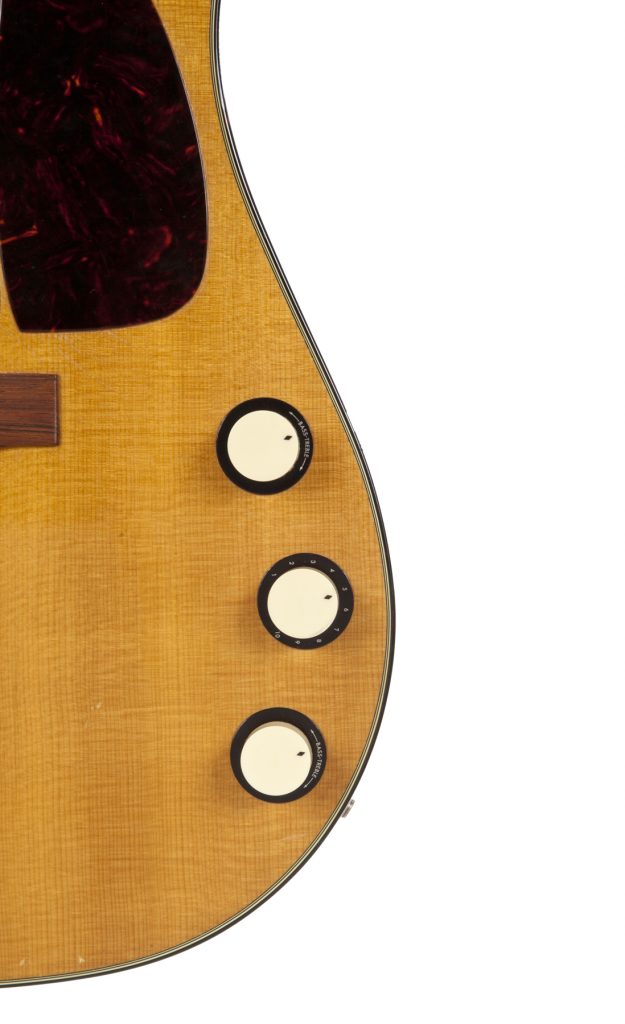
This one is a weird one for me because Nirvana is part of my life. I remember where I was when I got the news of Kurt Cobain’s death, and I connected with his outlook on things… He didn’t want to be famous. He didn’t love fame at all, or music executives, or studios. [In the MTV Unplugged episode] he looked to elevate less well-known bands. The 14 songs included Lead Belly. He had the Meat Puppets. He could have had more famous artists, but he said no, we want the Meat Puppets.
The Kurt Cobain guitar comes with the hard case that he stored it in. How unusual is it to have a guitar from a name musician that retains its carrying case? I wouldn’t say it’s very rare. It’s fairly common. If it’s a special guitar, I’d say a hard-shell case is attached to it. What’s really interesting is it’s not a custom guitar built for Kurt Cobain. It’s not a highly decorated guitar. It was made by the Martin Guitar Company in 1959. He got it in the early 1990s and he played it a lot and played it in important venues. It clearly was something special.

Yeah, I think it’s worth pointing out that the Kurt Cobain guitar is not covered in mother-of-pearl or silver or other flashy decorations. It’s a tool to do a job. He definitely had an affinity with the guitar and a sense of reverence for it. It’s a musical instrument built to deliver sound–that’s what it was used for. It doesn’t seem right to have it tricked up with all the bells and whistles. It’s a beautiful guitar with nothing ostentatious about it.
Can you talk about how Kurt Cobain decorated the guitar case, and talk about the things of his that come with the case? On the case, there’s a flyer from Poison Idea, stuck on with silver masking tape. It’s like a postcard of the 1990 album cover for Feel the Darkness. Poison Idea was a huge inspiration for Kurt and Nirvana. There’s an Alaska Airlines sticker, luggage tags on the handle, and also half a pack of guitar strings. And there’s a suede pouch, like a stash pouch, a recreational drug pouch, I’d describe it as. It has a miniature knife, fork, and spoon.
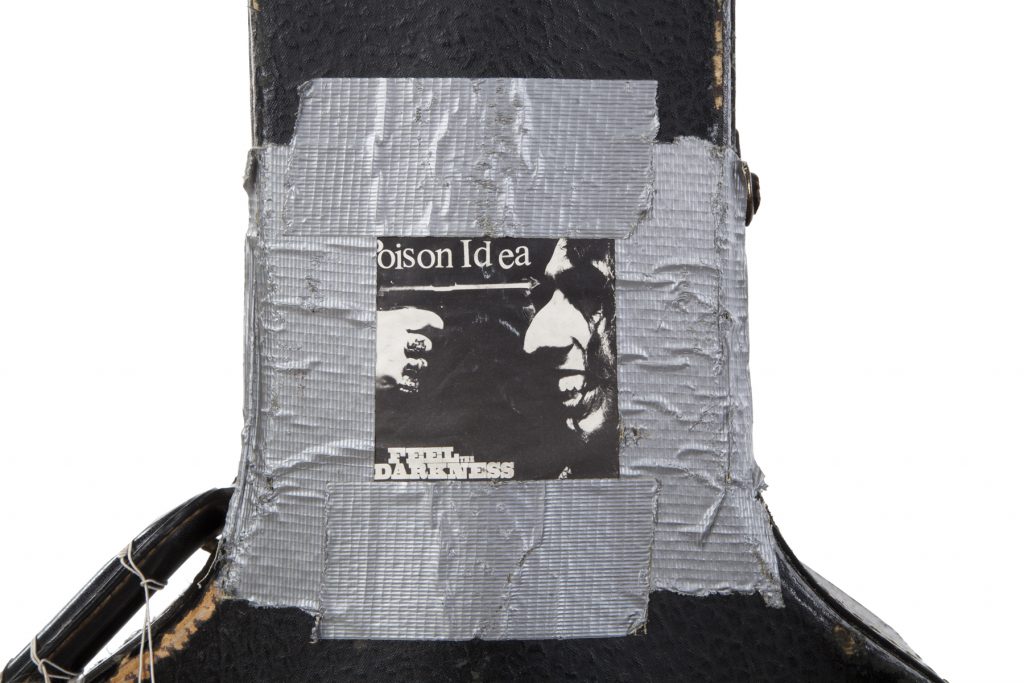
Yeah, what’s the deal with the little set of utensils? Do we know why it’s there, and how Kurt Cobain might have used it? I have no idea, but I think it was a souvenir. You can wear it [the utensils] on a lapel, but you can attach them to the pouch. The spoon is pinned to the outside of the pouch.
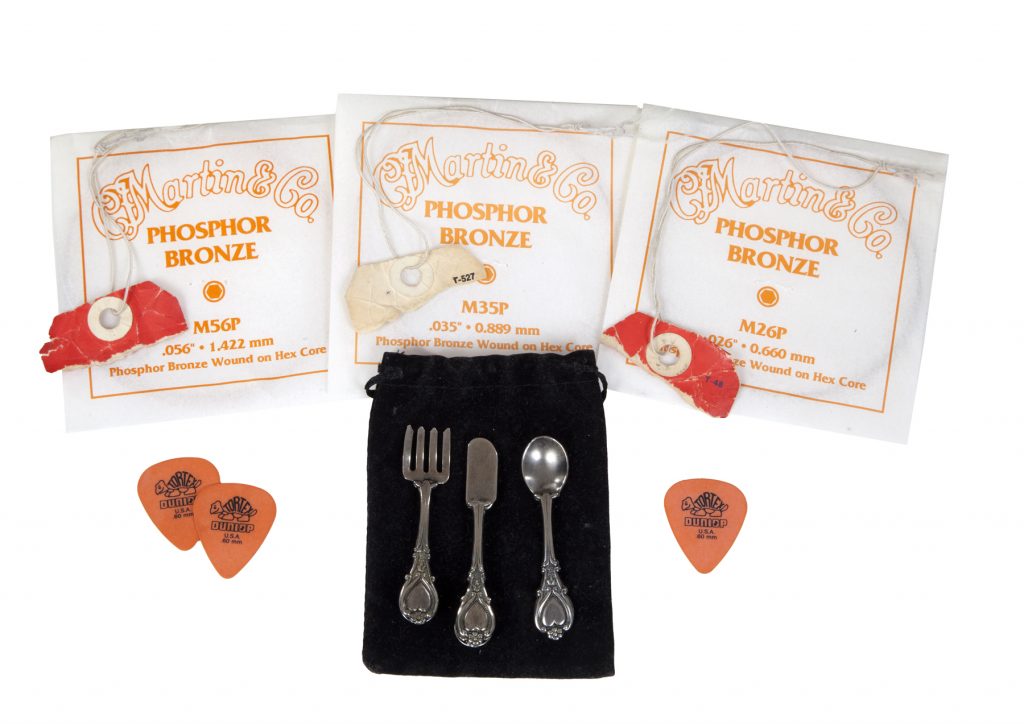
How do we know that this 1959 Martin D18-E guitar is the same one Kurt Cobain played in the MTV Unplugged episode? It’s so well-documented. It’s so identifiable, with the video performance. The markings on the guitar match perfectly. There’s no question this is the guitar.
You mean the scratches on the guitar match those on the guitar Kurt Cobain plays in the MTV Unplugged show? Exactly. It’s easy to match up.

Julien’s estimates the Kurt Cobain guitar at $1 million. That’s a serious number. Not many stage-played guitars get seven-figure estimates. What informed the number? Dave Gilmour’s 1969 Martin D-35 sold one year ago for $1 million, the highest price paid for a Martin guitar. Before that, Eric Clapton’s 1939 Martin OO0-42 sold for $791,500. We’ve estimated this 1959 Martin D-18E guitar at around $1 million, and I think we could set a new record for a Martin guitar, and possibly could set a world auction record for a guitar.
The world auction record for any guitar belongs to another David Gilmour guitar sold last year at Christie’s, a 1969 black Fender Stratocaster that commanded $3.975 million. You think the Kurt Cobain guitar has a shot at taking the title? This definitely has the potential, given the interest in it, and the sophisticated buyers interested in it.
What sort of reaction are you getting for the Kurt Cobain guitar? Bigger than usual, even for a top-of-the-line item? There’s been an unbelievable outpouring. It’s up there with when we sold the John Lennon guitar that had been lost for years, and up there with the Marilyn Monroe dress. I’ve done so many interviews!

What condition is the Kurt Cobain guitar in? The case is beat up, but the guitar is in great condition.
Did the person who consigned the Kurt Cobain green cardigan consign the guitar? No, they’re not the same person.

Do we know what happened to the Kurt Cobain guitar after he died in 1994? How did it go from the estate to the current consigner? I have to be careful here because I’m under an NDA (non-disclosure agreement). The guitar stayed in the family for many years. It comes to the market from a consigner who remains anonymous. It comes free and clear, no issues, absolutely none.
What is the Kurt Cobain guitar like in person? It’s a good, sturdy guitar. A big guitar, but not tremendously heavy. Given its age and history, it’s in very good condition. It’s been played, but it’s been cared for as well.
Have you played the Kurt Cobain guitar? No. I loosened the strings to take it on the plane [to personally escort it to London, where it’s on display until May 31, 2020 at the Hard Rock Cafe in Piccadilly Circus]. The cabin pressure on the plane could tighten them up, and they could snap. We think the strings on it are from when Kurt last played it. Nothing has been done to the guitar since then. We want the new owner to get the guitar from Kurt, as the last person who played it.
Does this June 2020 sale represent the first time the Kurt Cobain guitar has come to auction? It’s the first time it’s been to auction. We felt that $1 million was the appropriate estimate for this particular guitar because of its importance. Based on the pre-auction interest, it still feels like a conservative estimate.
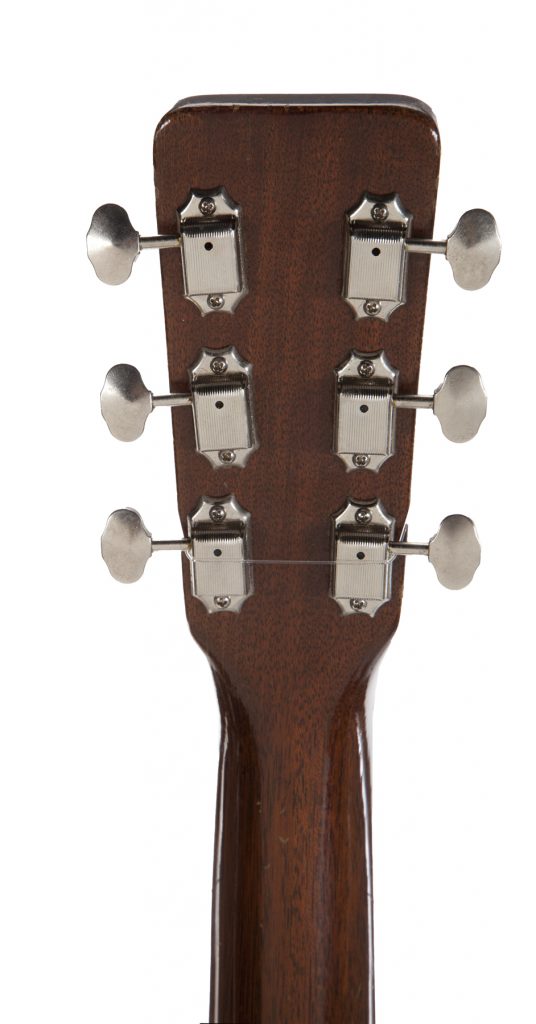
Did the sale price of the Kurt Cobain green cardigan factor in to the $1 million estimate for the guitar? It certainly did. Not to take away from the sweater, but if you have the chance, would you want a grungy sweater with cigarette burns, or would you want a guitar from the same performance that you can use and play? Also, when the sweater sold for $300,000, you have to think [the guitar] should sell for at least three times that, if not ten times that.

You’ve handled a lot of amazing guitars in your time at Julien’s. I mean, a lot a lot. Why will this one stick in your memory? It’s amazing just because I have a great personal appreciation of Kurt Cobain, and a sadness for how he’s no longer with us, and how he passed away. He was a creative genius, and became a star against his own wishes. To be entrusted with this guitar, and to be part of its story in a small way, is a massive privilege.
How to bid: The MTV Unplugged Kurt Cobain guitar is lot 742 in the Music Icons sale taking place at Julien’s on June 19 and June 20, 2020.
How to subscribe to The Hot Bid: Click the trio of dots at the upper right of this page. You can also follow The Hot Bid on Instagram and follow the author on Twitter.
Julien’s Auctions is on Twitter and Instagram.
Images are courtesy of Julien’s Auctions.
Martin Nolan previously spoke to The Hot Bid about a stage-played B.B. King “Lucille” guitar, the “Happy Birthday Mr. President” dress that Marilyn Monroe wore to serenade JFK; the first TCB necklace given away by Elvis Presley, a purple Prince-worn tunic that the star donned for a 1998 BET interview, which yielded a famous GIF; a Joseff of Hollywood simulated diamond necklace worn by Hedy Lamarr, Ava Gardner, and several other Hollywood actresses, as well as a once-lost 1962 Gibson acoustic guitar belonging to John Lennon that sold for $2.4 million–a then-record for any guitar at auction.
The 1993 Nirvana episode of MTV Unplugged isn’t online as a whole, but as of May 2020, you can watch individual songs from the legendary show on Nirvana’s YouTube channel. The band is offering access to encourage donations to the World Health Organization (WHO)’s COVID-19 Solidarity Response Fund.
Would you like to hire Sheila Gibson Stoodley for writing or editing work? Click the word “Menu” at the upper right for contact details.

